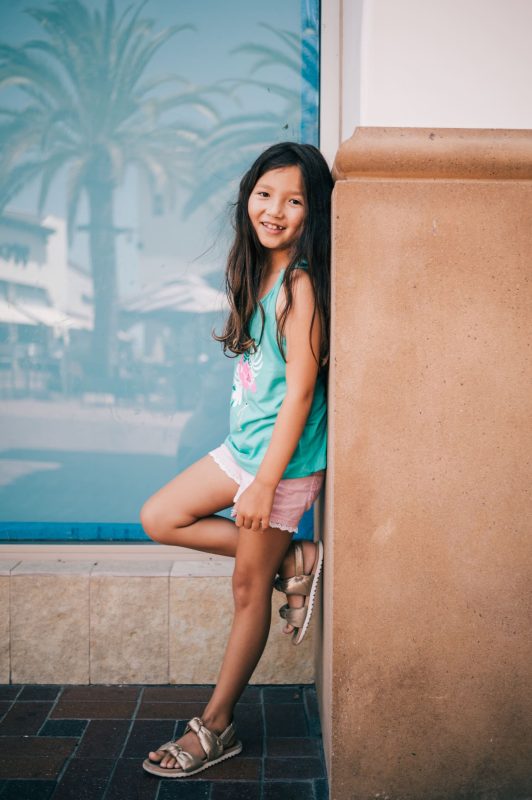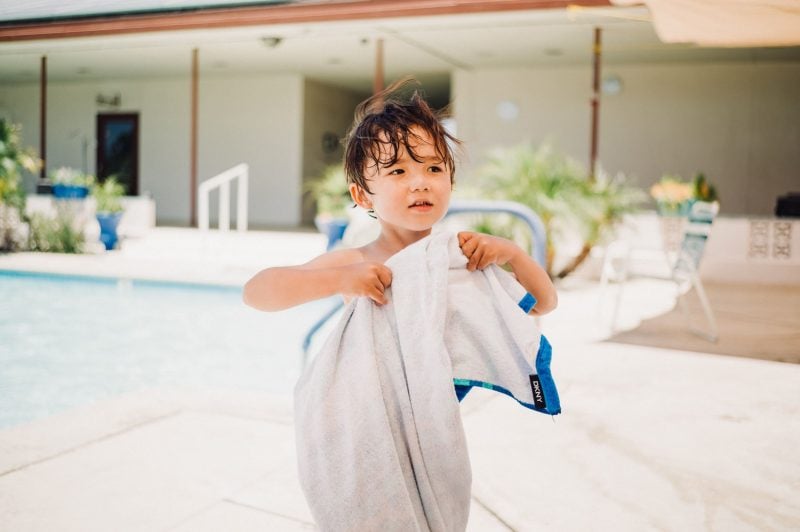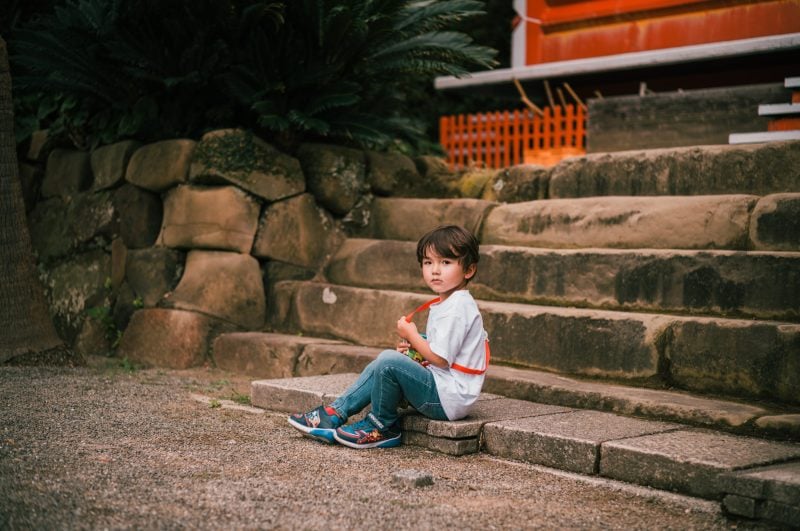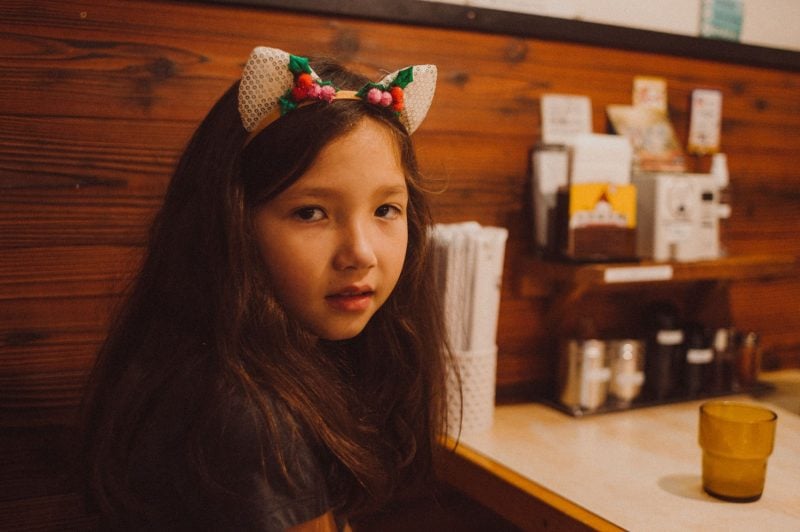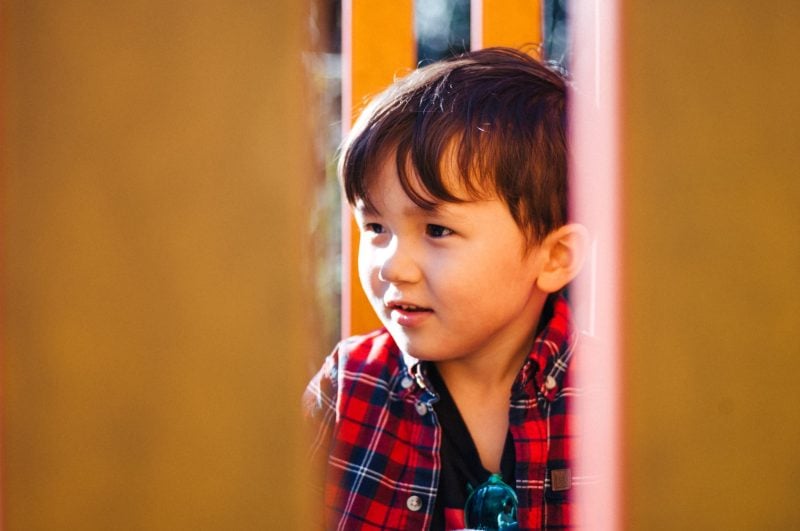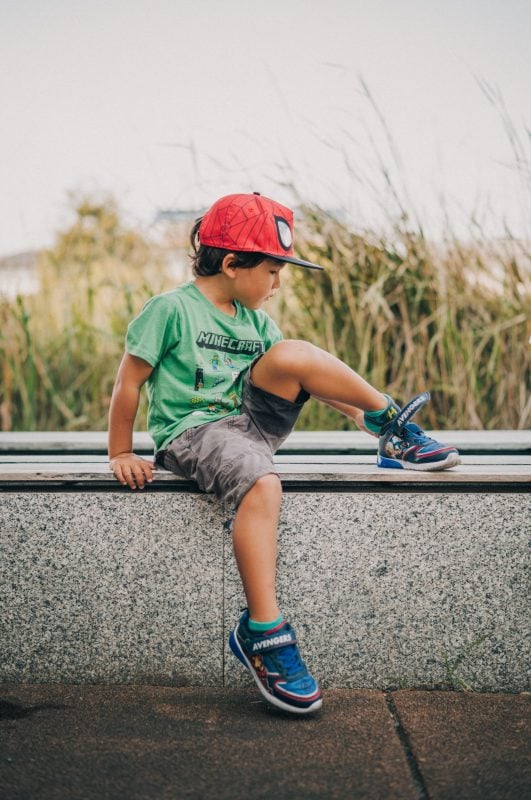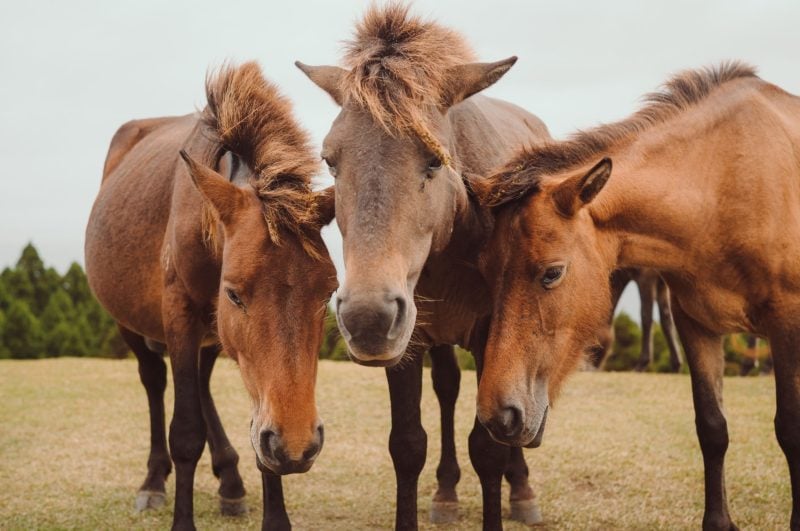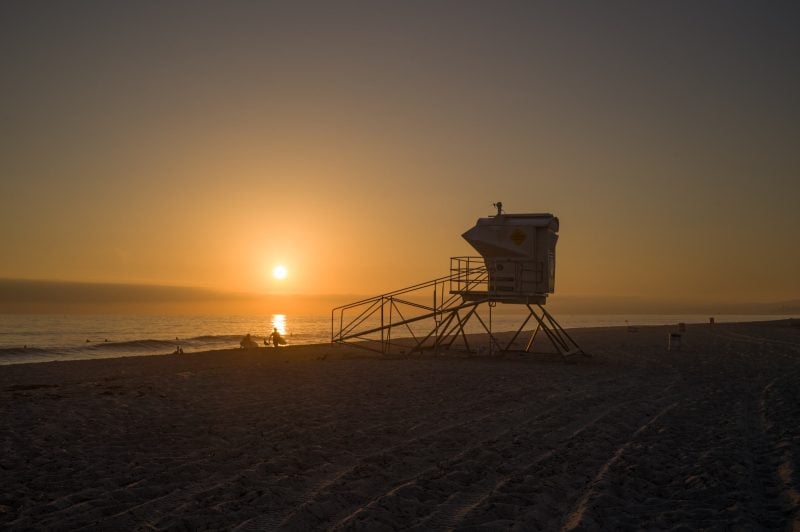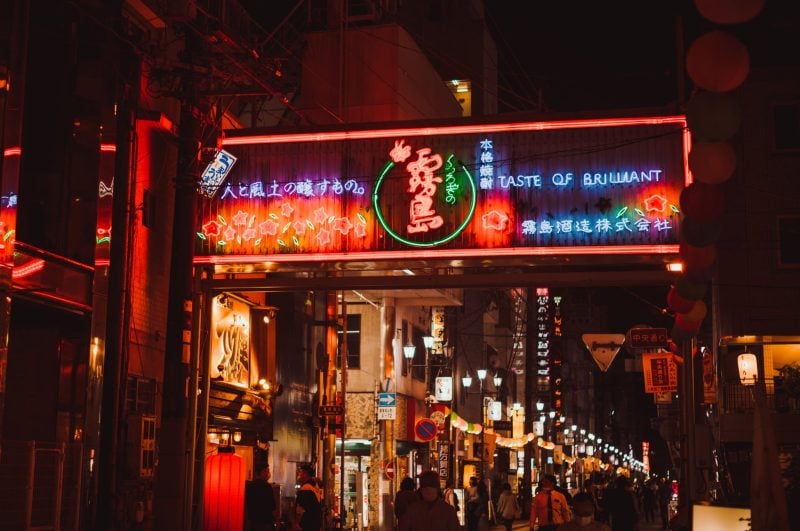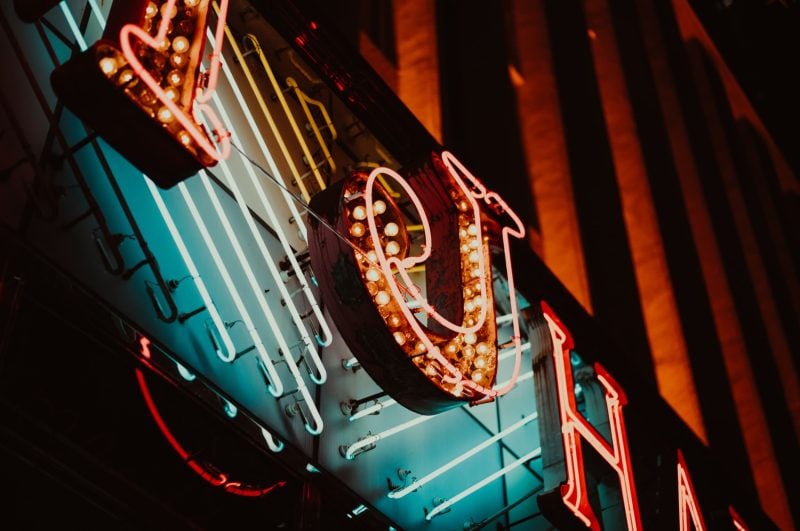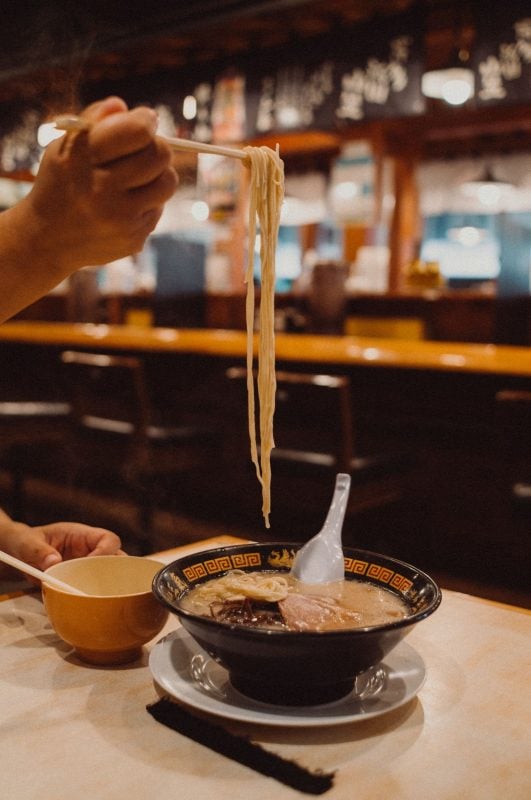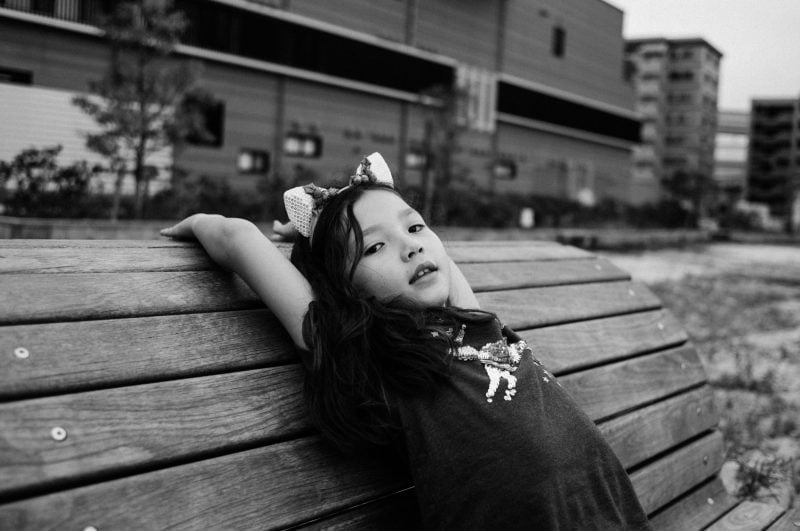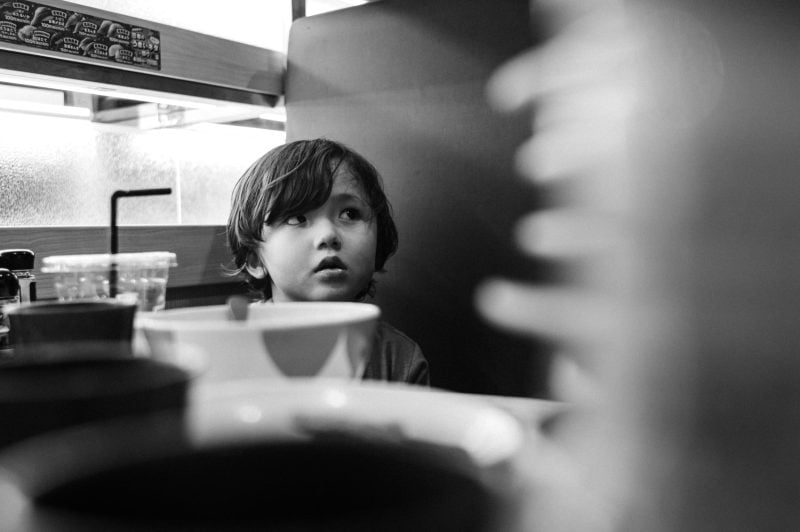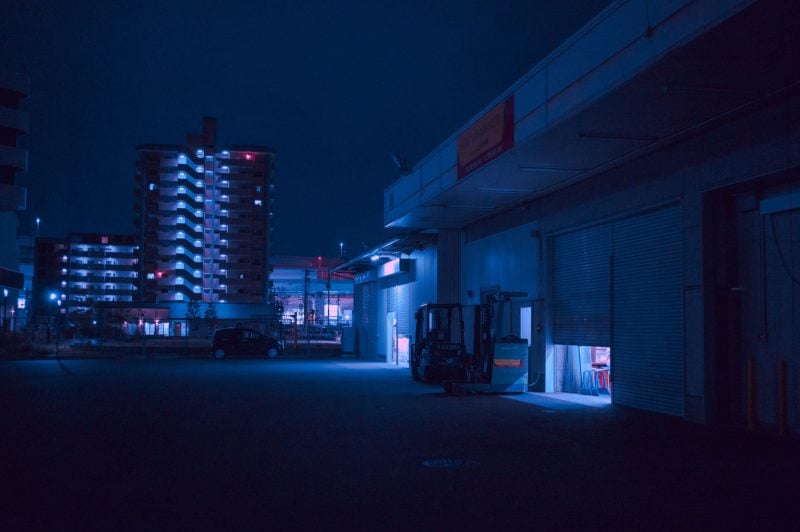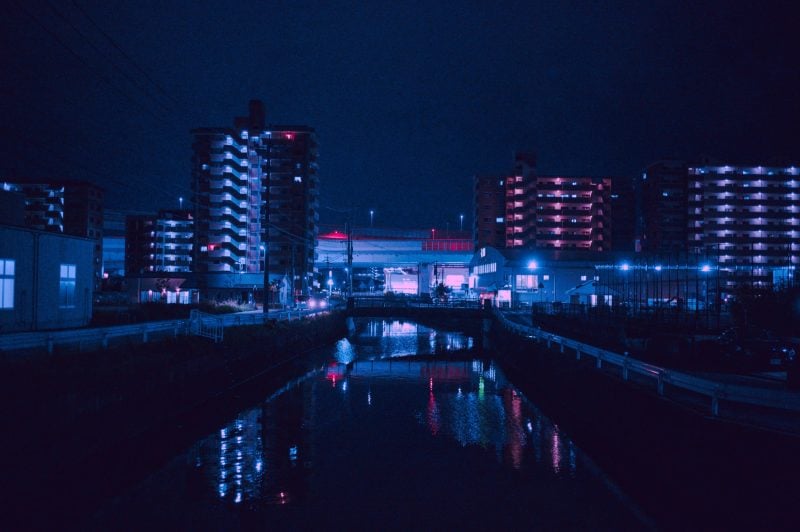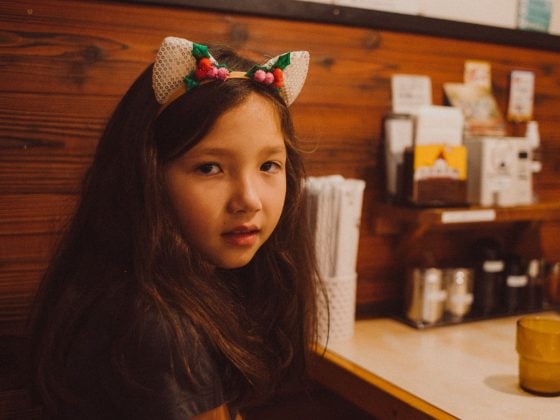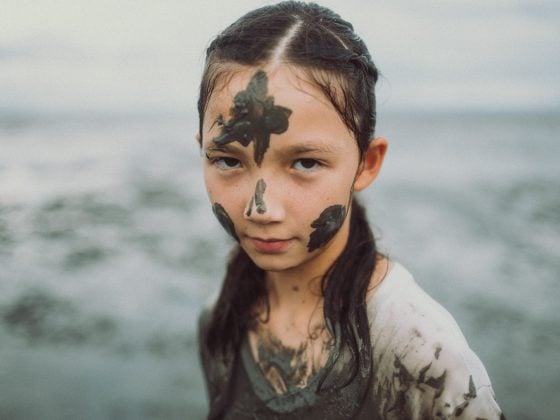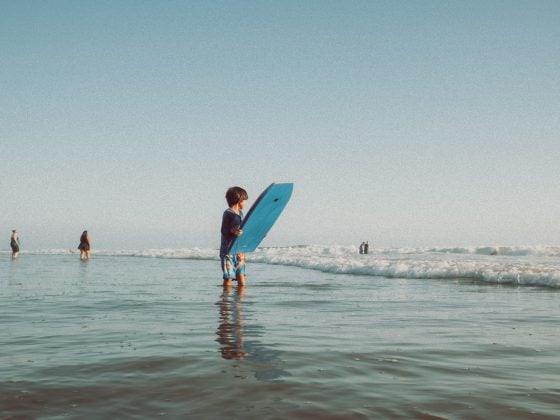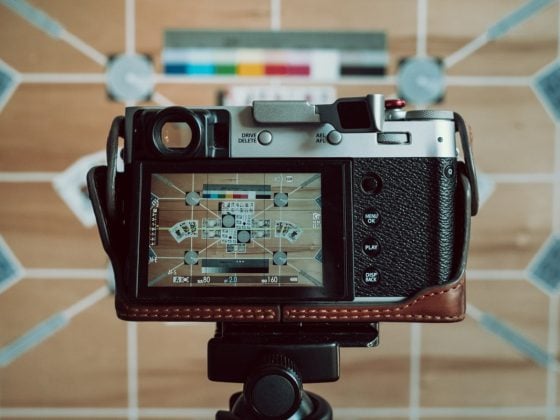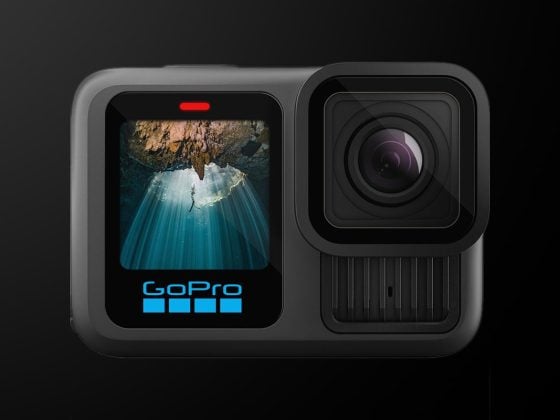The Leica M11 is the latest all-manual-focusing digital rangefinder camera from Leica. While still holding onto the timeless roots of the rangefinder style, Leica managed to pack in some pretty significant upgrades, including a new 61MP sensor, a much-needed upgrade to the processor, and even an improved screen.
But is it worth it?
In this review, I’ll review some of the great features and downsides of owning a Leica M11. I also want to add that I want to compare this camera to other digital cameras on the market, where they are with their features, instead of just comparing them to the previous Leica M10. Leica is absolutely a monster at innovation, but often, they underperform with the most basic features.
NOTE: New firmware 2.02 just came out. So I would say there aren’t as many Glaring Problems anymore, but, still a few. There is also a new M11P that adds some more features.
They fixed a lot of my big complaints. This includes adding the ability to bracket photos with a countdown timer and the ability to turn off the touch screen. Both are huge features. I still get some crashes occasionally, but this camera is sensitive to what memory cards are used, and usually, these crashes come from that. Likely why they added more memory in the M-11P. Using your internal memory will probably mitigate most crashes.
What Leica does with these cameras is they release an M11, or M10, let the community use it for a few years then take in all the feedback then update with an P camera that fixes a lot of the issues and adds some features to make the camera better for professional settings. Like the CAI technology that adds your personal ID to each photo. The M11P also added more internal memory.
[toc]
Available At: Amazon / Adorama / B&H
Best Memory Cards Leica M11 – Use this guide to find compatible SD cards for the M11 – Very important.
Also, check my roundup of the best accessories for the Leica M11, and the list of lenses for the Leica M Mount.
If you’re thinking of the Visoflex 2 check out this review to learn how to not let it get destroyed by dust.
First off, thank you Leica for addressing a lot of my firmware issues! I think almost everything that can be fixed with firmware has now been fixed.
Pros: Built like a tank, amazing sensor and resolution, very responsive processor and live view, responsive touch screen, multiple resolution sensor, great dynamic range, very nice rear screen, rangefinder manual focus is the best, good battery life, USB-C connector on bottom is great, built-in 64GB of memory, Leica is amazing at addressing problems with firmware.
Cons: Memory Card Compatibility Issues (this is likely just a hardware issue, unfortunately), (Lack of some customizable controls needs the ability to turn off the touch screen – fixed), poor AWB performance, poor auto exposure performance, shutter always feels slow, (sometimes slow or inconsistent shutter release – this maybe feels better), focus peaking is not great, overpriced battery, sometimes shutter won’t even release (only happened to me with high temperatures, although no heat indicator that I’ve seen) – this may have been fixed, I haven’t shot in 100+ degrees yet, no countdown timer when using exposure bracketing – fixed, cheap wall charger and packaging.
See Fujifilm GFX100 II and X-H2 accessories to really see what premium is, Fujifilm has set the bar, Leica should be at that level.
Personal Notes: It’s a fine camera it just needs a better processor, which would fix almost all of the cons above. And it seems their memory interface for reading and writing to memory cards just isn’t super compatible with what’s out there. This happened a lot with older Panasonic cameras, so these companies just need to ditch whatever company is making that component. This affects all camera brands a little, by Leica struggles the most right now.
I still think the camera is worth it, especially with the latest firmware. I really like it, it just could be a little better seeing what the Nikon Z8 is what Sony is doing with the A9III how amazing those sensors are, and how amazing Fujifilm is with their whole packaging and ecosystem of gear surrounding the camera. All these companies should learn from each other. This camera is older than those flagships, so it’s not fair to compare. The M12 will be a monster, surely.
The camera and the M11P are absolutely wonderful and are Leica’s most versatile M camera ever. The firmware has improved dramatically fixing a lot of the little issues that made the camera difficult to use. I don’t have too many complaints now other than the AWB and Auto Exposure don’t feel super cutting edge, as we are seeing with the latest flagships from other brands, except Fujifilm. Fujifilm AWB feels good, but their Auto Exposure never seems right, so there is always something to nitpick.
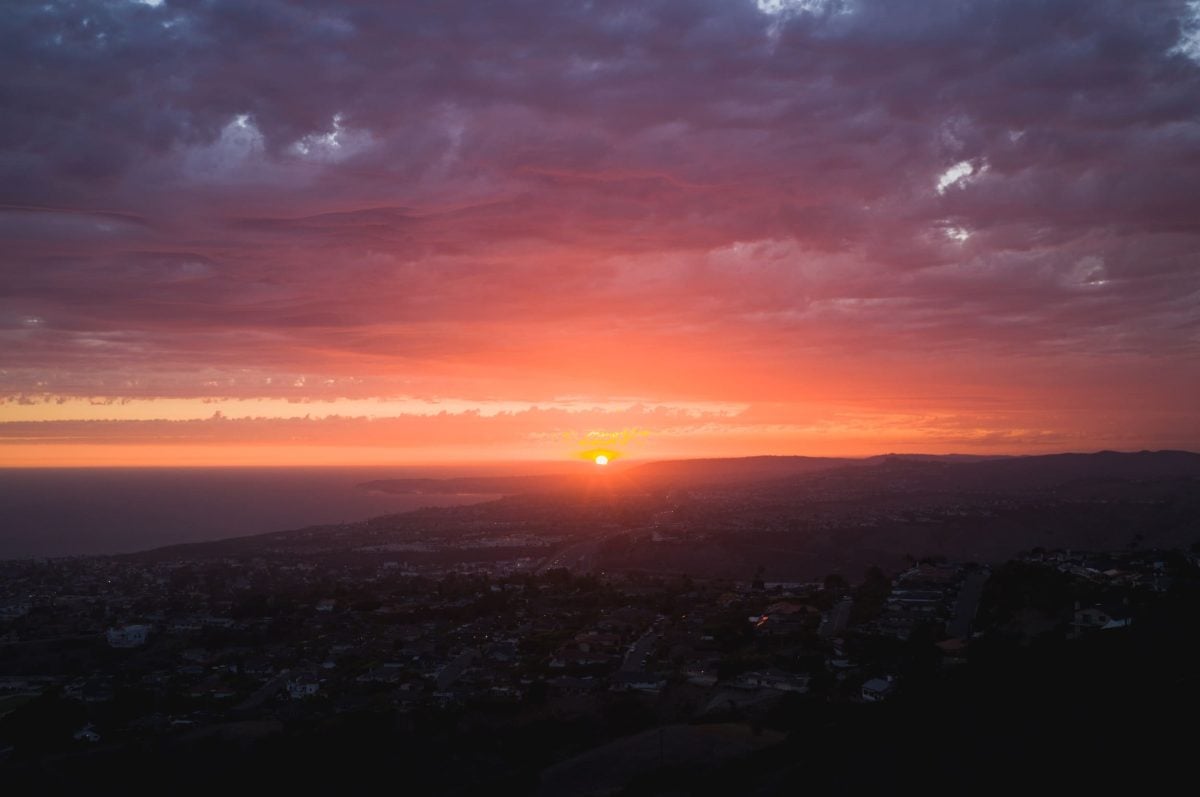
Leica M11 Review – Impressions
This is the first digital Leica I’ve owned, and I will approach this review as someone who has owned most of the brands of mirrorless and DSLR cameras and has moved over to the Leica system for the first time.
This isn’t a naked review of a Leica camera compared to nothing. This reviews the Leica M11 compared to what other brands are doing, where they are with technology and accessories, and how Leica is positioned.
Now, I’m not entirely sure why no one ever really reviews Leica cameras. Everyone gives Leica a free pass, and most reviews feel like advertisements. It’s odd to me because there is a lot to talk about with the Leica M11, some great pros, some cons, and some general problems—most of which have now been addressed by firmware.
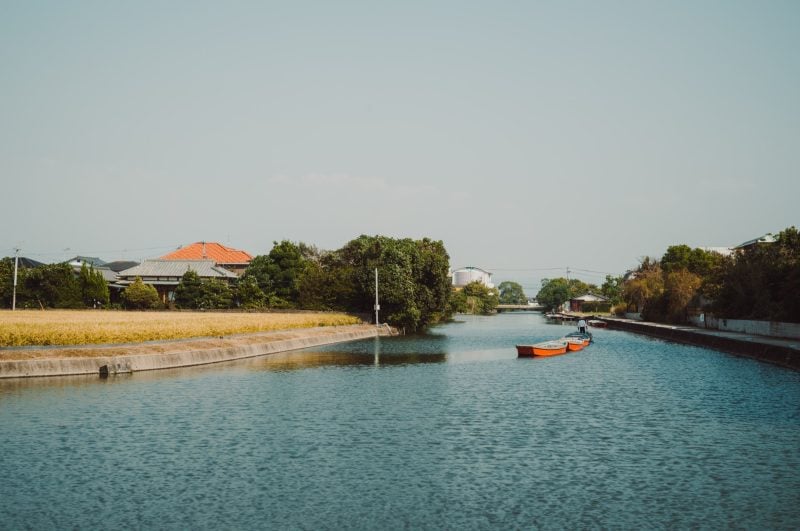
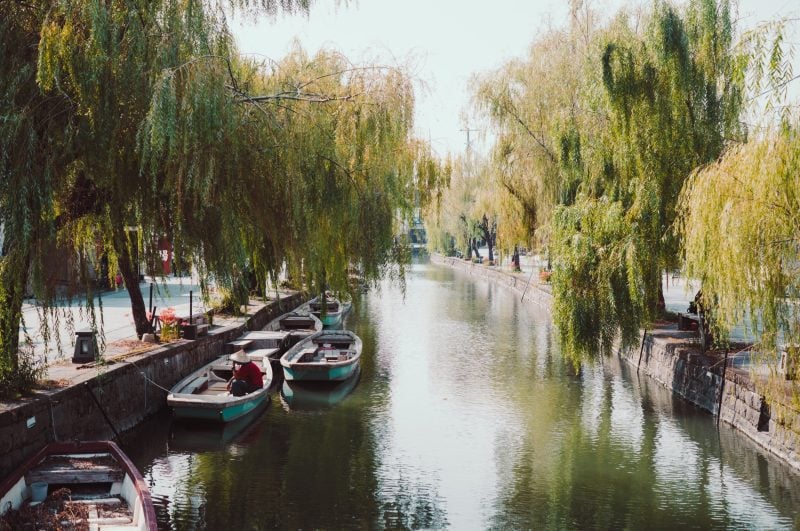

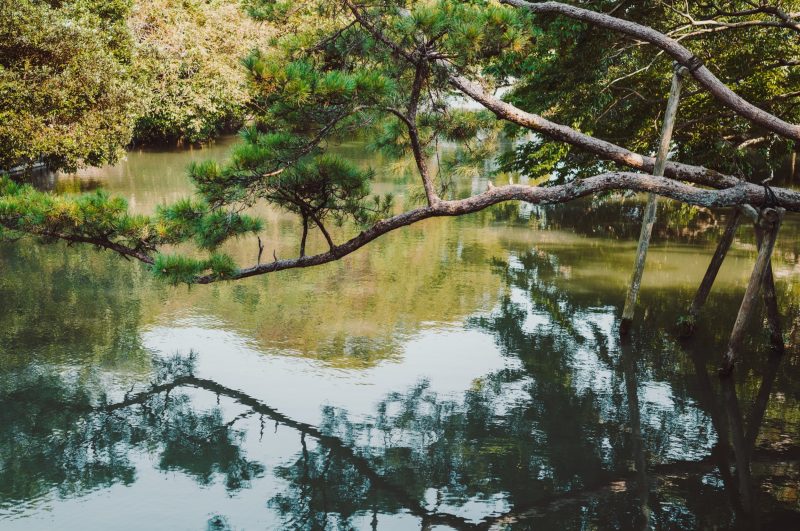
Some of the new Sepia looks from my Core Color presets. Shot with the Voigtlander 50mm f1.5 II and the 35mm f2 Type-II
Getting Used To The M11/M11P
At first, using the camera was a little difficult to get used to. I have M film cameras, so I’m ok with the range finder system, but it still does take some time to adjust to the faster pace of shooting with digital, and it takes a while before you really trust yourself with the range finder patch.
Now that I’m used to it, I just don’t know how I will go back to anything else for shooting manual lenses. I used to think focus peaking was great, but the range finder system for focusing is just so easy and faster and a pleasure to use. Especially when shooting at higher apertures, like f8, which always made focus peaking difficult to work with. Plus, you even have the option to add an external EVF.
As with any camera, it took me a while to get used to the response time and feel of it. It’s pretty heavy and blocky, so I had to figure out how to naturally hold it and have it feel good in the hands which took some time, adding a case has helped, actually, I’ve tried two now. Also, you have to always be careful to not cover the second range finder window with your right hand.
One of the big things that I noticed right away is the shutter lag, it’s not terrible but then sometimes it will be actually really long. I’m not sure why, maybe the camera coming out of sleep mode or something, but from time to time it’s up to a full second from when you press the shutter to when it engages. And the thing is, you can’t always tell when the camera is in sleep mode if you’re just using the range finder, well you can, but I’m not always paying attention. Then, once I couldn’t even get the shutter to engage, it was hot outside, probably about 105 degrees, so maybe it was restricting me but it never gave me a heat warning or anything.
—- All these shutter issues may have been improved or fixed with firmware. I’m not noticing these issues as much now.

Size & Weight
In terms of size, the M11 and M11p is a little larger than the Leica MP and Leica M6 and I actually like this a lot. For those smaller film cameras, I often have nowhere to rest my fingers and am constantly blocking the small range finder window with my right hand and I don’t have that problem nearly as bad as this larger digital camera.
Overall, I’m really loving the camera. It delivered in all the areas I was expecting.
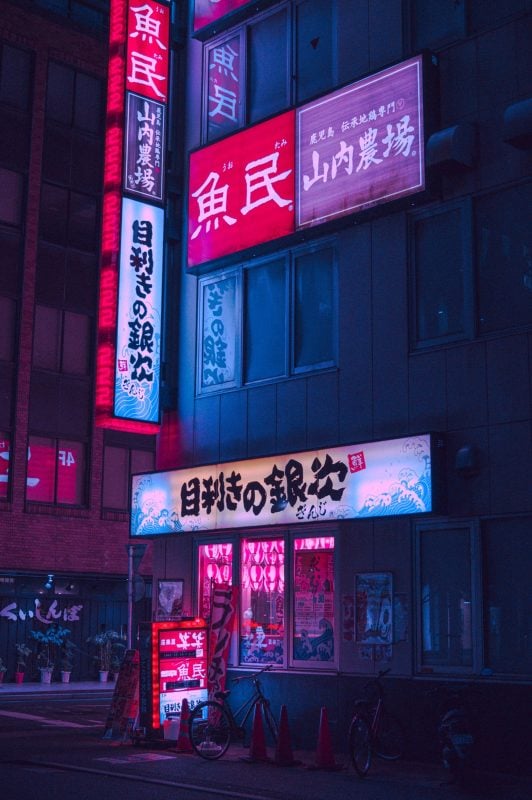
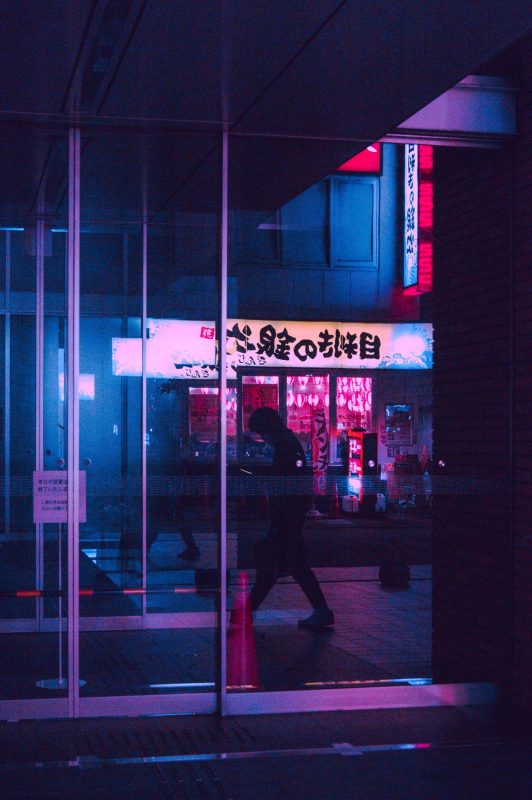
I still do this coloring mostly by hand. No presets yet. Shot with the Kipon 50mm f2.4. I really like this lens for classic-style rendering.
Build Quality
The Leica M11 comes in two colors: silver chrome on brass or black on aluminum. I’ve seen complaints about fingerprints with black and silver from earlier reviewers. There is some sort of coating that they have on the cameras when they are new that causes a lot of fingerprinting to show. After a few weeks, this residue, whatever it is, goes away or wears off, or it’s just losing its pristineness, and you don’t notice fingerprints as much. Or maybe the whole camera just becomes one big fingerprint smudge, so you don’t see it anymore.
Build quality is great. The ISO dial pops up to adjust it with full stops. The shutter dial adjusts with half stops and a tighter click into ‘Auto’ so you can feel it when you’re not looking.
As far as the silver vs black debate. I’ve had the camera since it came out in silver, I’ve never had one person ever comment on the camera except for some bro at the beach half drunk slurring “Is that a film camera?” I was in San Clemente and South Orange country is riding the film trend harder than anywhere else in the world right now.
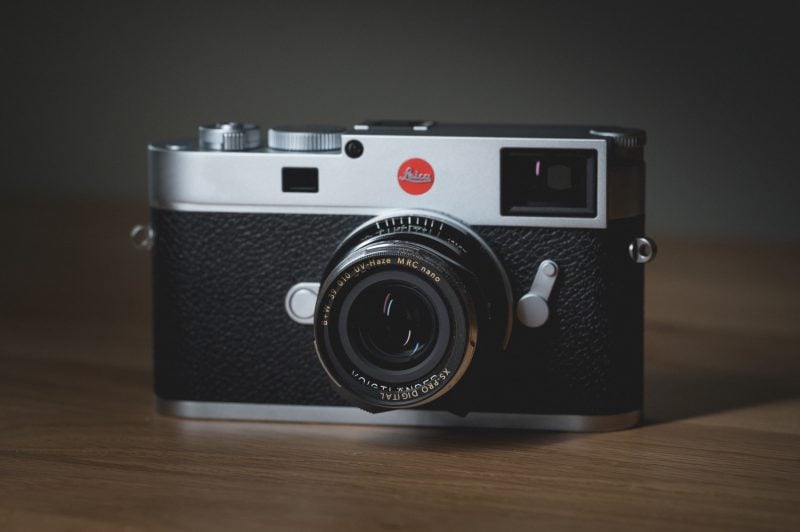
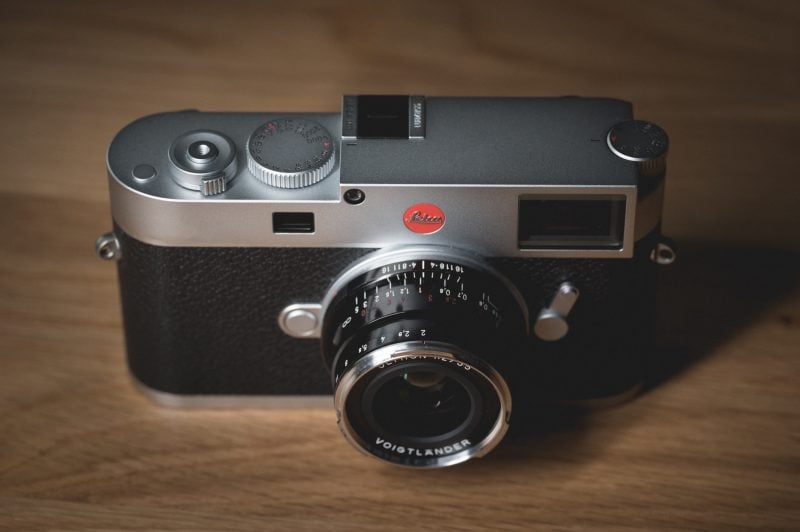
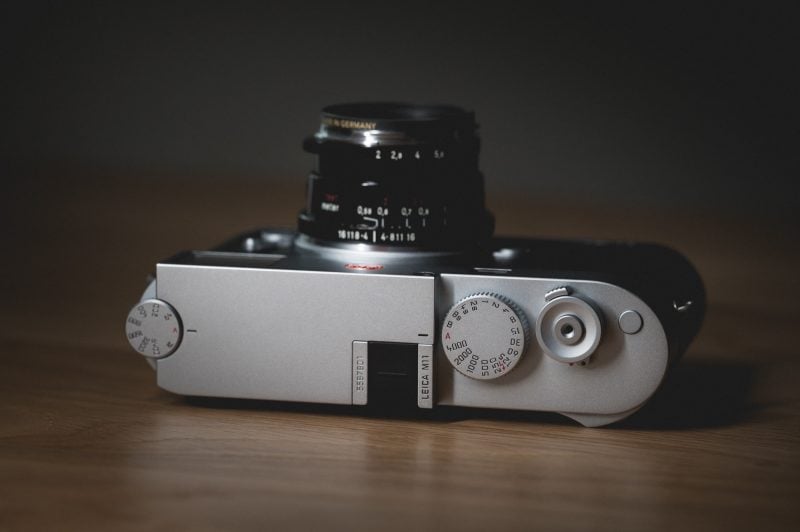
On the top of the camera, you have a focus assist button on the top that is customizable if you press and hold it, took me 3 months to figure that out. It would be nice if you could also customize this button from the menu but you can’t.
You have a rear dial that also functions as a button, which can also be customized by pressing and holding, but you have no ability to customize the button through the menu like with every other camera that’s ever been made. The dial can be changed from exposure compensation to focus assist. On the other side of the camera, you have a viewfinder that’s rimmed with hard plastic. Below that a few buttons, and on the other side a D-pad with a center button. None of the buttons are customizable, but you can press the FN button a few times to cycle through your user screen settings, which is pretty smart.
The menu works like this – Press it once and you get to the quick menu, press it twice and it pulls up the favorites menu, press it three times and it drops you into the full menu screen.
The screen is a 2.95″ 2.3m-Dot touch screen – It’s really nice.
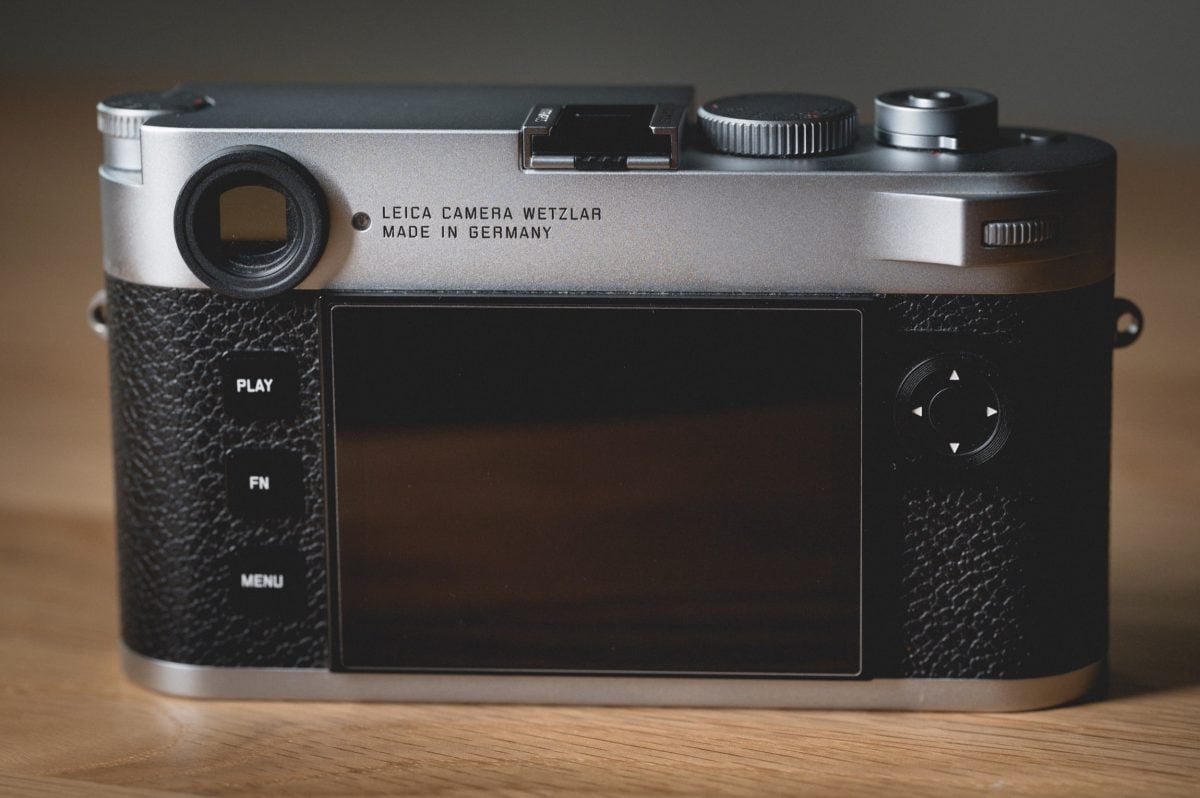
A new base on the camera with an ejectable battery that has a weather-sealed rubber gasket built into it. It’s cool that the battery has a rubber gasket built into the design so if it ever gets worn out or damaged, you can just replace the battery and get a new seal.
The bottom is not replaceable like previous Leica M cameras, so once you get a scratch, as you can see here, you’re stuck with it forever.
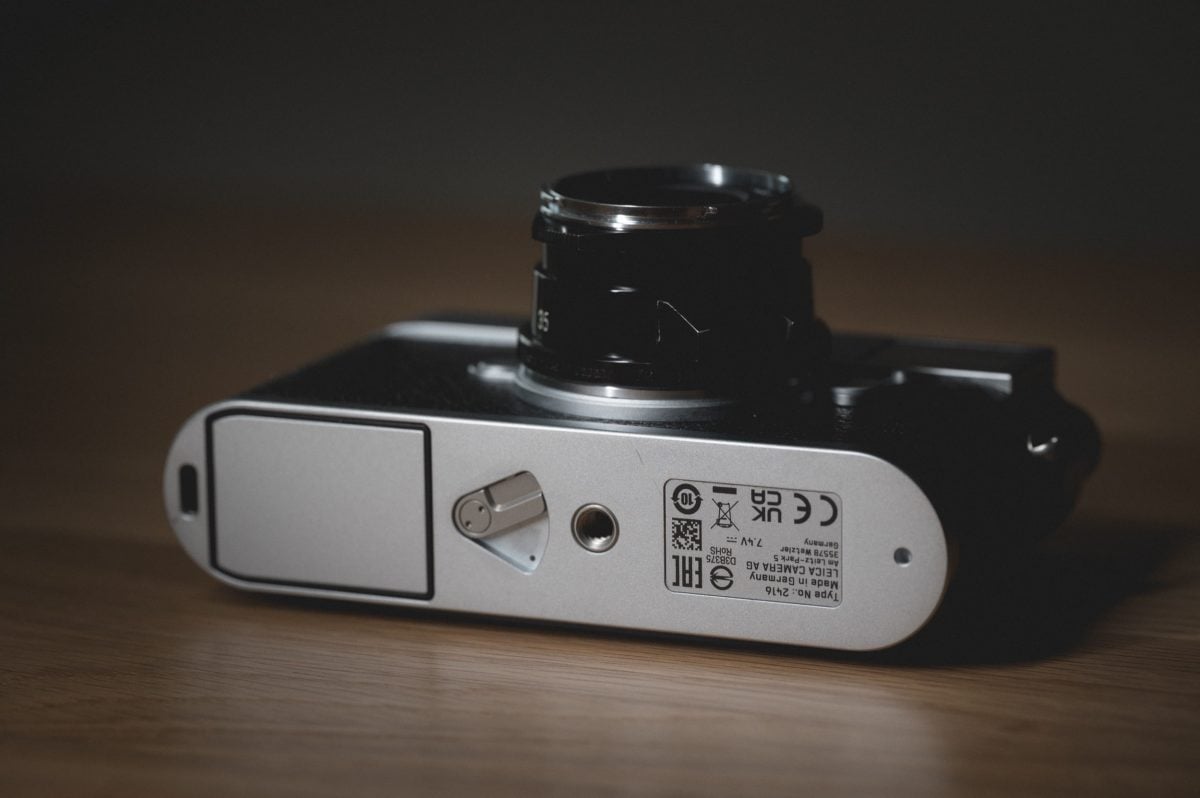
Overall, the build is amazing.
8 Great Features Of The Leica M11

1. Pixel Binning
This is a cool feature that I used a lot at first and now don’t really use so much because the grain always just looks better at 60MP.
The 60MP sensor that lets you pixel bin into different resolutions is fantastic. At first, I didn’t want a 60MP in an M camera because I shoot a lot and don’t like buying new hard drives all the time. I’m also on a Synology server, and upgrading hard drive space is very expensive and difficult. So having the ability to bin down to 36MP or 18MP is really nice, especially since you gain a little dynamic range from doing so.
This was actually one of the reasons I bought this camera. I can shoot most of the time at 36MP or 18MP, which supposedly gives you more dynamic range, but I can also now use this camera for landscape photography on a tripod with that 60MP sensor and a relatively compact full-frame system.
There is a lot of debate with regards to 60MP being worth it when shooting handheld, but one positive is you do get finer grain at 60MP and I do find it easier to clean up when shooting at high ISO compared to the lower resolutions. There is something weird about the grain when shooting in 36MP or 18MP and it’s difficult to clean up without things looking smeary. I was hoping doing the binning pixels down to 18MP or 36MP would give me a cleaner image as you would expect from a Nikon Z6 or A7III, but that’s not fully the case here since the grain is not as pleasant at those binned resolutions.
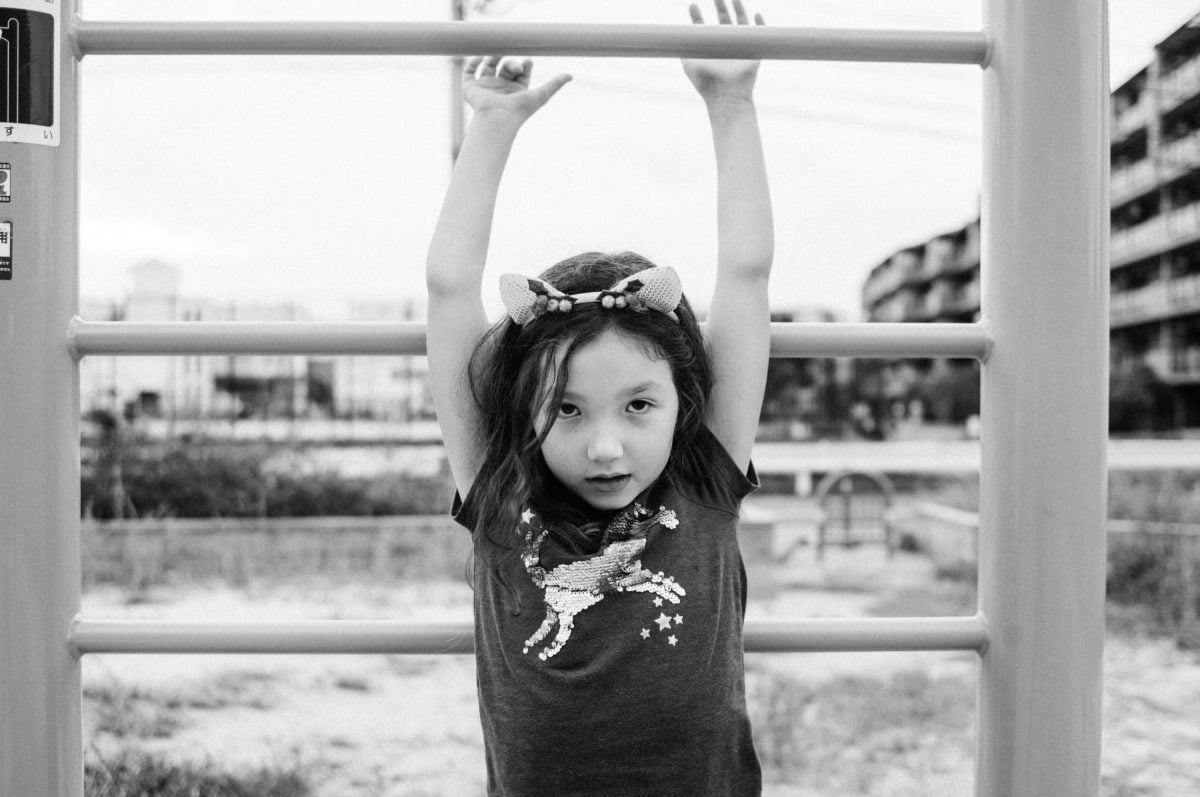
2. Processing and Sensor
The processor and sensor are so good now that you won’t really ever need more in terms of image quality from this point unless there is some huge breakthrough in the technology – like the Sony A9III now has a global shutter, maybe that could be useful in an M body, maybe it’s not.
I saw this camera and realized where it is, it should be able to last me at least 10 – 15 or even 20 years. What more could you really need? Yes, a faster burst, an electronic shutter, a stacked sensor, and a more dynamic range would all be nice, but what the M11 offers is enough for any general photography in the foreseeable future. We haven’t really needed more in terms of image quality since the Sony A7rII back in 2015.
This new processor adds display stabilization, which helps focus off the screen on long lenses and perspective control, and it all works seamlessly and overall improves the shooting experience. Plus, it just does it all behind the scenes.
They could have used a stacked sensor and removed the shutter completely, but this would have come at a small cost of dynamic range, and I’m not sure Leica fans are ready for that yet.
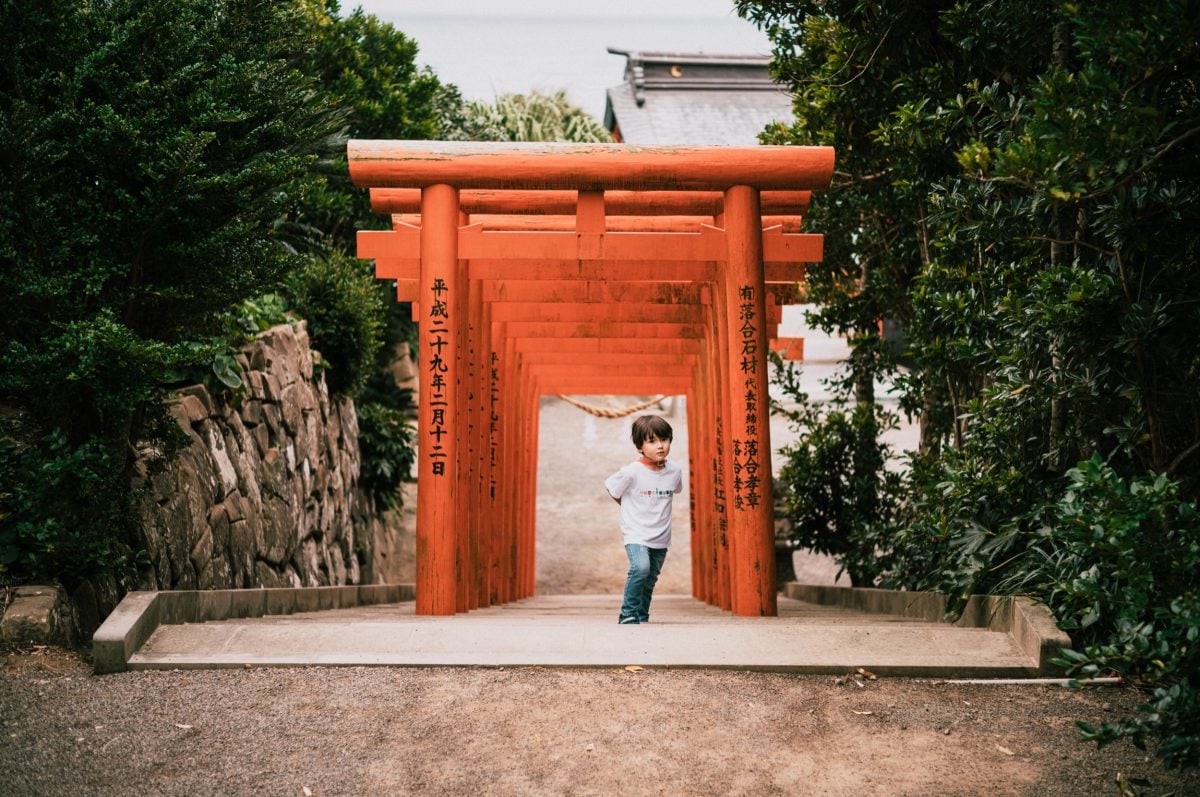
3. Screen Is Very Nice
2.95″, which is fine for how small the camera is, but I really like the 2,332,800 Dot display, and it has all the tech built-in to guide your preview, like it can stabilize your view digitally or correct your distortion lines.
You also have auto levelers you can turn on, frame guides, and histograms. The screen also feels like it’s made of tough glass, as most other cameras have a plastic-feeling screen.
4. Brass Or Aluminum
The Leica M11 and M11P black versions use a lighter aluminum body and the M11 and M11P silver bodies use a heavier brass body or top plate. I believe a good portion of the bodies are Magnesium Alloy. I have a Leica MP and a Leica M6, and the zinc build of the M6 is considerably lighter, although the new M6 is now made of brass.
Sometimes I feel like the MP is too heavy, and I don’t want to deal with it. It just slowly wears on. You have a long day, and that little difference in weight savings does help. That being said, I got the brass M11 because I like the look of the silver Leica a little more and am willing to deal with the extra weight.
5. Crop Modes
The Leica M11 lets you run the camera with different crops. 1.3x which is basically APS-H, and 1.8x which is a hair tighter than Canon APS-C. These seem like weird numbers, but they actually push your in-between focal lengths into standard focal lengths. For example, at 1.3x, your 28mm lens becomes a 36mm lens, and at 1.8x, it becomes a 50mm lens.
If you’re on a 40mm lens, the 1.3x becomes 52mm, and the 1.8x becomes 72mm. So it’s kind of borrowing some love from the Leica Q2 system.
I never really thought I would use this, but I often carry the Voigtlander 21mm f3.5 and love that lens at 28mm with a 1.3x crop. So, I find myself using that lens a lot now with the 1.3x crop. Some of those Voigtlander lenses like the 21mm and 28mm have a lot of issues along the corners and edges and running them with the 1.3x gives great results.
When shooting DNG, the files come into Lightroom already cropped, but you still get the full 61MP image, so you can always expand it out and re-adjust the composition if you miss by a little.
The same works with perspective control. If shooting DNG, the images in LR come already cropped with the Guided Transform setting defined by the camera, but you can always revert back to the full sensor image.
Voigtlander 21mm f3.5 set to 28mm with a 1.3x crop.
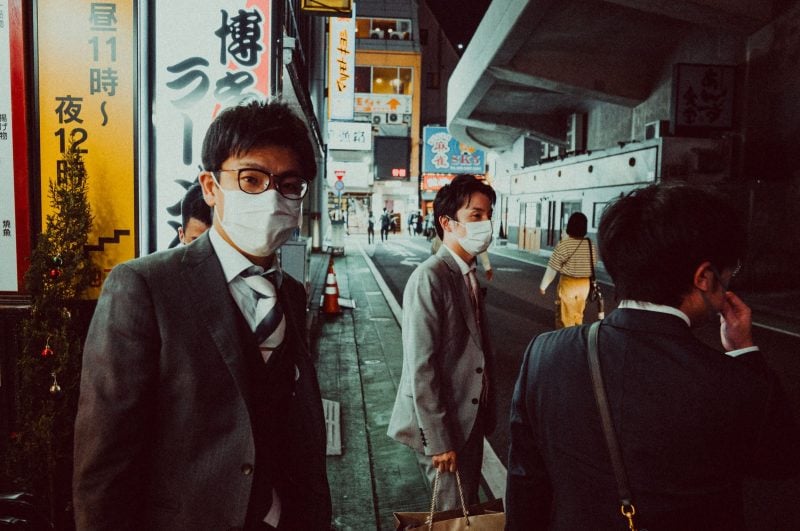
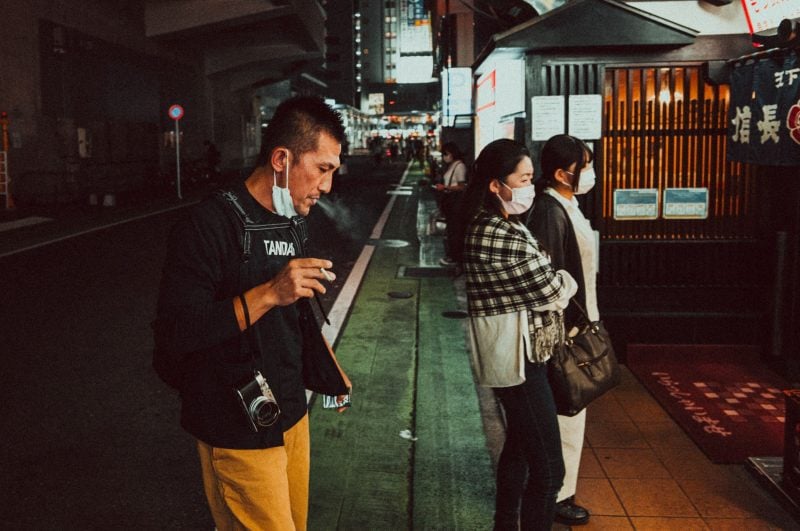
6. Countdown Timer, Bracketing, Intervolamet
The Leica M11 is fully set up with all the useful features a landscape photographer could want – well almost. You can set up the camera to bracket your exposures all with a countdown timer, and it even has a built-in intervalometer which is really nice when shooting star trails or fireflies as well as any sort of timelapse photography.
Since I bought the Leica M11 partly as a landscape camera, it was reassuring when I opened up the menus and discovered these settings.
With firmware version 2.00, you can also use your bracketing with the countdown timer simultaneously.
7. Files Aren’t Huge
For a 60MP sensor, I was expecting bigger files, but it looks like Leica is using some sort of lossless compression with their DNG files.
If you’re wondering how big the file sizes are with the Leica M11 –
For the 60MP mode, files are about 60-70MB in size, at 36MP the files are roughly 35-40MB in size and for 18MP they are about 20MB in size.
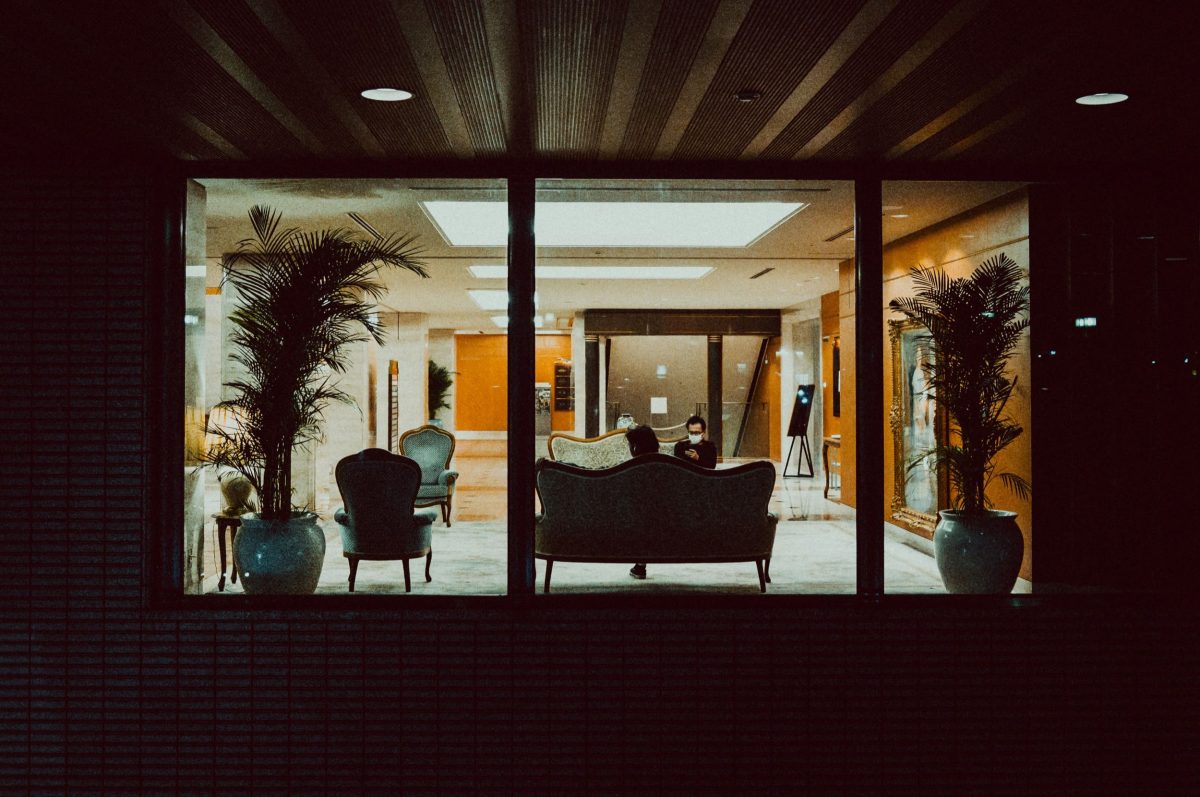
8. Battery Life
Battery life is fine. It’s pretty good if you’re using the OVF mostly, but then it’s just ok if you’re using the live view a lot and doing long exposures.
If you shoot with Liveview or with an EVF a lot, you may need two batteries to run a full day. I was out shooting landscapes with Liveview using the LCD screen, and I burned through close to 40% of my battery during the sunset while shooting a lot of long exposures.
When I go out shooting street photography for maybe about 4 hours, I can use almost half a battery or less and I still use Liveview often.
If you’re shooting mostly with the range finder, then the battery will last you days.
The way I typically shoot, if I go out for a full day and shoot maybe around 500-600 images with RAW+JPG set, I usually end the day with about 20-30% battery.
It has only an 1800mAh battery; the Sony FZ100 has 2280mAh, by comparison. Granted, the M11 doesn’t have an IBS system to power, so it isn’t as demanding.
So far, I haven’t needed more than one battery.
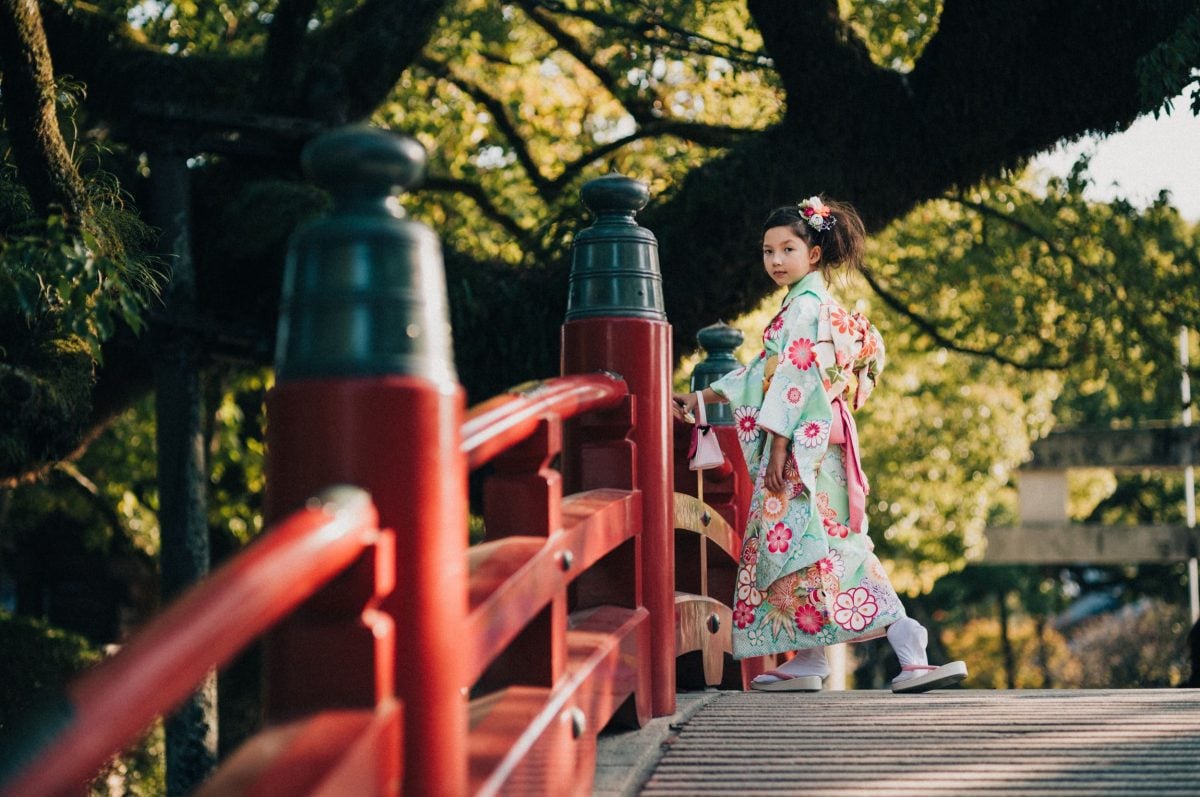
9. Bonus Feature – The FOTOS App
Firmware 1.6.0 really upgraded the FOTO app and how the camera interfaces. It’s very easy to set up now. The camera now uses Bluetooth to communicate with your phone, so once you are set up, all you do is open the app on your phone and tell it to connect to the camera, and this usually works without having to interface with the camera at all.
This is probably the best camera App I’ve ever used for this very reason. It works very well. However, it does give me trouble with the 5Ghz Wi-Fi connection, so I have to leave it at 2.4Ghz. I’m not sure if this is my phone or the camera being funky.
Also, what’s really cool is that you now have location tagging through the GPS device on your phone. This works like a smartwatch: Every minute or so, it will ping your phone for the location data through Bluetooth, even if you’re not connected directly with the camera app at the time. If this works the way I think it works, it’s cool.



These were shot on the Voigtlander 50mm f1.5 Nok II – A really nice character lens for softer portraits like this.
15 Problems Of The Leica M11
The firmware has improved a lot since the initial release.
At first, it was probably the worst camera I’ve ever used when implementing digital features, except for the first-gen Sony full-frame mirrorless cameras. With where this camera was with AWB and Exposure and some basic features missing, like “flicker reduction,” the camera felt like it was still living in 2013.
M11 is not the first-gen product, actually, the Leica M system was one of the first mirrorless systems ever made, so there is kind of no excuse here.
I’ll just make a list, some of these things are not so bad and kind of a fundamental feature of what rangefinders are, I’ll just mention and share my thoughts on everything.
Remember, this is compared to other cameras, not necessarily compared to older Leicas. How does the $9k Leica stack up to something like a Sony A7rV, minus IBIS, AF, and other video features you wouldn’t expect to see in a Leica M11.
1. Packaging
The box and the packaging are not very good (Sorry, I don’t have any pictures, the box is not with me).
Historically, Leica has always had nice boxes and packaging. Maybe they are trying to save on materials and waste even though paper and cardboard are mostly renewable resources, but it feels like they didn’t even try. After only a few months, the outer casing box is already starting to come unglued and fall apart. Not only that, it’s built with very thin, cheap paper that is extremely easy to tear.
The inner box is just cheap cardboard, and it all feels like it was designed by an intern working from home while binge-watching Netflix. Overall, it’s very disappointing. It’s a box, yeah, but anytime you buy a luxury product (as people call these cameras), it always has a nice box and packaging.
If you think I’m being too harsh here, go look at the Fujifilm X-H2s and the whole unboxing and packaging experience that comes with that camera. Fujifilm is getting very close to Apple regarding making you feel like you have a special product and how good their accessories feel. Leica is not even close here.
Leica feels about on par with a DJI product. I’m not kidding. It’s sad.
2. The Power Charger and Battery are Low Quality
Again, the wall adapter and charger are on par with what DJI is doing. The cable is high quality but way too stiff and thick.
The battery feels light and cheap although it does have weather sealing built-in since it has to sit flush with the body.
By the way, the battery costs around $200. It’s not handmade in a factory in Germany; it’s made in China. It feels like Chinese mass production quality, and the price gouging here is silly. A Sony battery feels amazing and well-built, with a hologram on it to let you know it’s genuine. But it’s a battery, and it fits flush with the camera, so I can’t be too picky here, except it costs around $200.
This is all concerning to me because Leica is supposed to be a premium designer brand, but they are so far away from attention to detail here, with simple stuff that a company like Apple could pump out in their sleep—it’s all kind of concerning.
It’s as if they only cared about the details of the camera, neglecting all the little experiences surrounding it.
I wouldn’t be as critical here, but the camera was $9,000 dollars at the time of launch, and the whole thing is “handmade in Germany,” the store clerks even wear white gloves when handling the cameras and lenses like it’s some fine jewelry. Then they dump a bunch of cheap accessories out of China into a poorly made Toys “R” Us box with zero interesting design.
If you’re not testing other cameras constantly, you’d likely never know the difference, so maybe this doesn’t matter all that much.
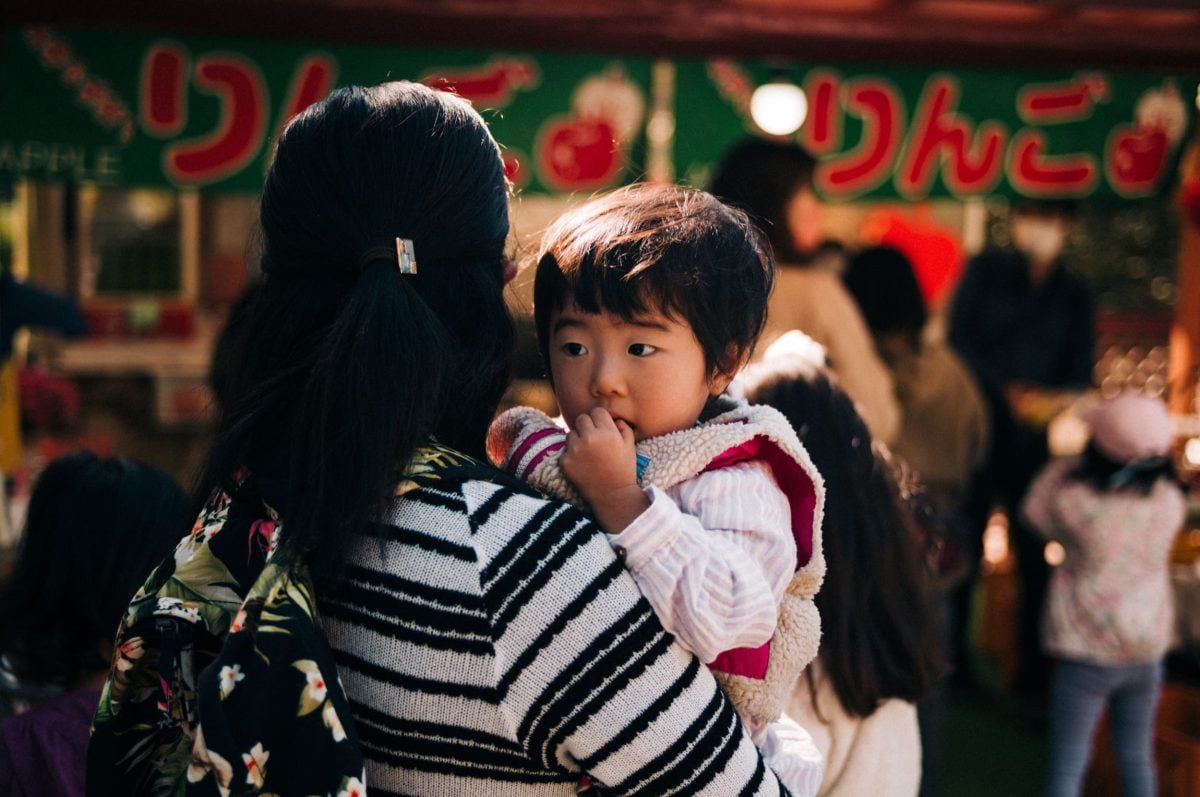
3. No Stabilization – Which Is Fine
This is not a big deal and doesn’t count as a negative, but I’ll mention it.
I see a lot of people talking about stabilization; I put it here because we need to talk about it. In general, the lack of stabilization isn’t a problem at all. Even with stabilization on Sony cameras at 60MP, you still get micro motion blur. 60MP is great for reproductive work on a tripod and that’s why we buy 60MP.
I look at 60MP as being for tripod use and all the other formats are what you would use handheld, and for me, this is fine. You’ll still see some very subtle shake at 36MP when handheld at high shutters but it’s acceptable, this is part of the look of these cameras. But, we’re forgetting that at 60MP the grain is very fine and small, more on this later.
I think we all have a question: could they have squeezed a little 3-Axis IBIS in there? Maybe they could remove the shutter by going with a stacked sensor. However, they would likely still have to push the mount out a little more, which would make the camera uglier when no lens is attached, and then maybe push the screen back out even a little more. Would all those design compromises be worth it? I’m not sure.
If they wanted 5-axis IBIS, they would have to electrify all the lenses so that they communicate focus position unless they just programmed the camera’s range finder clutch to do that. Considering that the M11 does not have electronic contacts for the lenses, you can ensure that there are no plans in the future to expand the technology of the lenses for anything like 5-Axis IBIS. 3-Axis IBIS, however, doesn’t require a focus position.
With only an 1800mAh battery, IBIS would ruin battery life, or they would need a bigger, heavier battery. IBIS just isn’t something Leica can do right now while keeping the design aesthetic.
4. Electronic Rolling Shutter But No Sound
The electronic shutter is an interesting feature that’s been in cameras for over a decade but is new to Leica. It comes in handy when you set the shutter to auto and use fast lenses in bright situations. Then, the electronic shutter takes over and allows you to still get proper exposure. It has a noticeable rolling shutter, so you don’t want to use it except in these situations or if you need a silent shutter.
Unfortunately, the Leica M11 has no internal speaker, so when the camera switches to the faster electronic shutter in bright conditions, there is no audible indication that a picture is being taken, which can be confusing if you’re not expecting it when the shutter mode is in auto.
This feature is not uncommon with most camera brands. I think Canon and maybe Nikon also don’t have a sound option for using the electronic shutter. Fujifilm does; I can’t remember if Sony does.
5. No Video – Which Is Fine
This is probably a sin to say this, but no video options are built into this camera.
Some basic video features would be nice. I know Leica historically has not been great at implementing video features in M cameras and ultimately gave up because M cameras are more photo purist machines. Makes sense.
I’m not going to film a movie or YouTube video on a Leica M, but sometimes it’s nice to run some video for something spontaneously happening. I actually use video a lot for utility purposes for this website, and now it means when I travel, I have to bring a second camera.
6. Not A Lot Of Sharp M Lenses for 60MP – Yet
They’ve released new versions of the 50mm, the 35mm, and the 28mm now. So this issue has been getting attention.
There are not a lot of very sharp Leica M lenses (especially from the third party) that resolve 60MP very well. Some Leica lenses are great, of course, and some of these new Voigtlander lenses are nice, but so many of these smaller lenses are not super sharp, wide open, but then get hit very hard by diffraction very early on, like at f8. I’m not sure if that’s a byproduct of the lenses being so small, but diffraction is pretty heavy with a lot of lenses I’ve tested at f8, even at 38MP. This could just be me and the lenses I have, so I’ll have to continue testing here.
The good news is that Leica has already started updating lenses with a new 35mm f1.4.
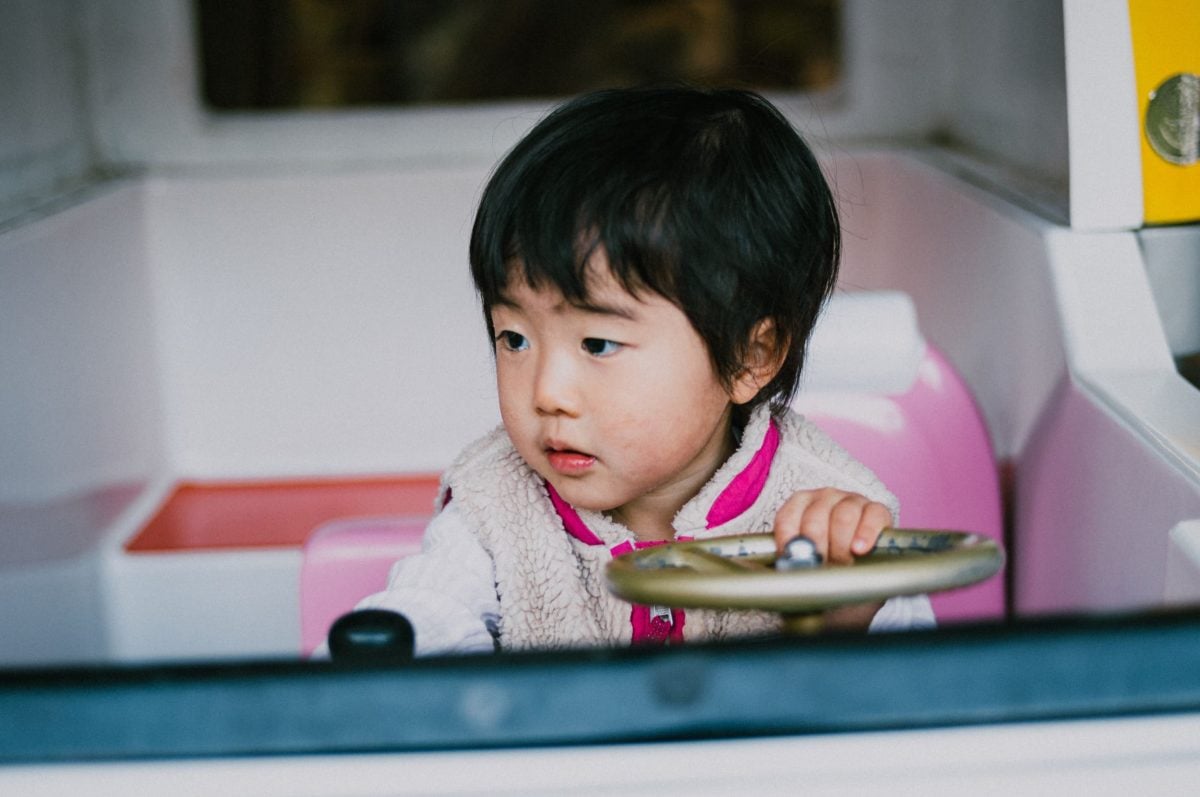
7. Only DNG or JPG, no HEIF
I’m not sure about the full limitations of DNG vs. a custom RAW, but it seems like DNG can do a lot, but RAW can do more. I do know that we’re still missing a lot of custom settings that can carry over to LR as we get with Nikon. With a Nikon camera, you can adjust your contrast, sharpness, profiles, etc., and this information carries over to your LR settings.
Some people love DNG because it can be used in most editing programs without an update. But would having a RAW format allow Leica to further advance the technology of its lens and system?
Also, the Leica in-camera image and the LR Leica profile are quite a bit different. I think Leica does some extra magic with their JPGs, especially with how they are rendered.
This is all not a huge deal, but it would be nice if there were more in-camera functions to adjust the look of the image, active D-Lighting, WB shifts, etc. I think you might need RAW to do that, not the more limited DNG.
I will say that the perspective control and the crop modes do pass through to Lightroom, which is pretty cool. So if you shoot in 1.3x crop mode, which I like to do with my 21mm lens, then it comes into LR as a 21mm image pre-cropped to 28mm. So, it looks like there are some capabilities there to expand the communication of the DNG files with the editing software.
But again, Nikon and Fujifilm are quite a bit ahead with what they offer and how some of the camera’s customizable settings can pass to LR.
Many of the brands are now offering HEIF, which is a JPG on steroids.
8. No Non-Leica Lens Support
If you’re using third-party lenses you don’t have the option to program in your focal length or aperture like every other camera brand, you can only pick from the list of Leica lenses.
Leica cameras will try to guess your aperture and populate EXIF information, which is pretty cool, but it’s never fully accurate with third-party lenses. I wonder if allowing more customization here would help.
9. You Can’t Use Countdown Timer With Exposure Bracketing – Firmware 2.00 Fixed
Currently, on the Leica M11, you can’t set a countdown timer at the same time as using exposure bracketing.
If you’re a landscape photographer and don’t want camera shake from pressing the shutter while on a tripod, but like to bracket your exposures, you’ll have to use a mechanical shutter release of some sort, or just do one exposure at a time manually.
The FOTO app also won’t allow you to use the bracketing when used as a trigger.
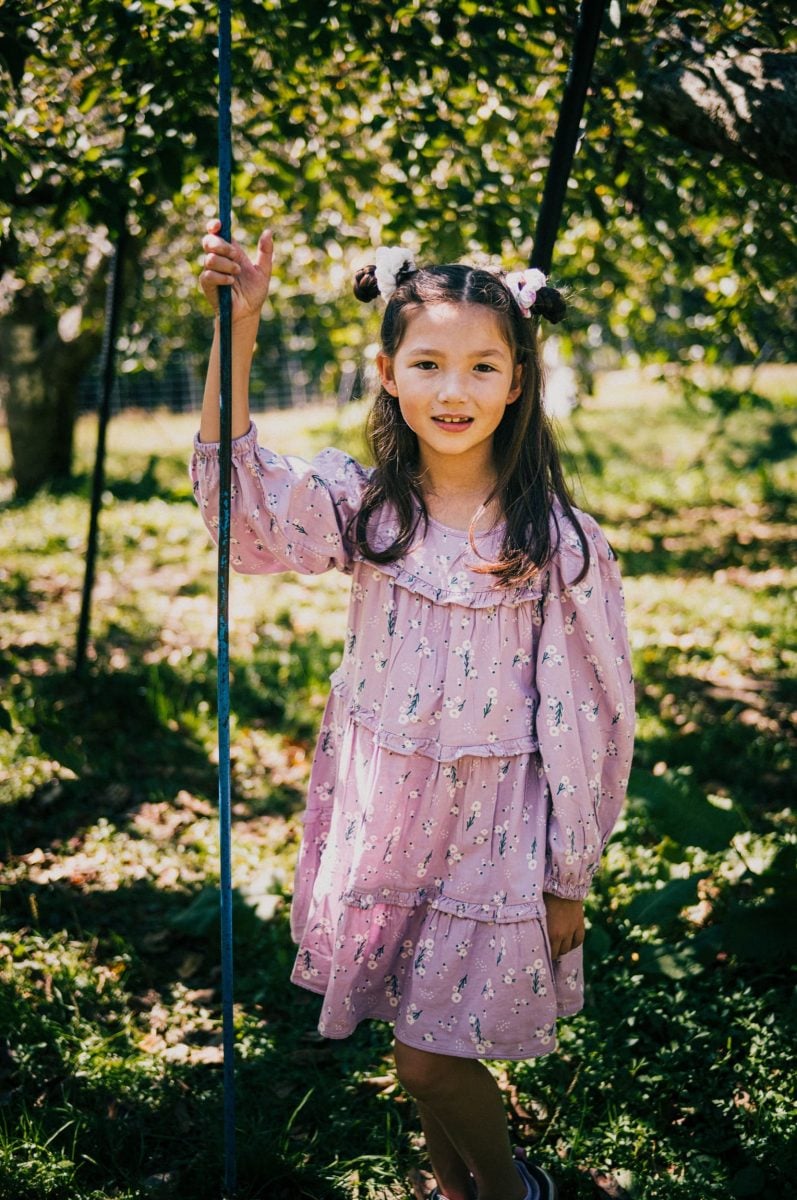

10. Can’t Disable Touch Screen – Firmware 2.00 Fixed
There is now an option in the menu to disable the touch screen.
As it stands this is a design flaw because if you want to use live view for focus assist, your right thumb almost always touches the top right corner of the display setting the focus assist point to that area. Focus Assist is nearly unusable, or at least very cumbersome to use because there is no ability to disable this section of the screen or to at least disable the touch screen completely.
So to use live view with focus assist (when the camera punches in for fine focus adjustments), it almost always defaults to the top right of the screen, then you have to set the point back to the center of the screen and try again. It’s very cumbersome. Let me just turn off the touch screen on the edges of the screen, I think Fujifilm does this, or let me disable the touch screen completely when in live view. Or, give me an option to just lock the focus position in the center, then I can push a button to unlock it if I want to move it.
11. Very Dangerous “Delete All Setting”
This is crazy to me. Currently, on the Leica M11, if you want to delete a file, you have a menu of Delete single, Delete all, Delete all without *, Add *, etc.
It looks like this.
This menu can be touchscreen, and if you accidentally touch and click down and “Delete all,” and are tired and press ok without thinking, you are essentially formatting your card. It’s just right there, that easy to do. I’ve done it once already by accident when not paying attention and it was not good.
Just remove “Delete All” and “Delete all without *,” or move them to the bottom of the menu. I don’t understand why you would need two Delete All commands when there is a Format command in the quick menu. This reminds me of the Windows operating system, where there are multiple ways of doing the same thing, which just clutters up the settings and design aesthetic.
This is also a strange inconsistency in the camera’s design language. They have multiple ways of formatting your card, in the menu, on the quick menu, or on this playback screen, but then you can’t customize your top right buttons through the menu, only by pressing and holding.
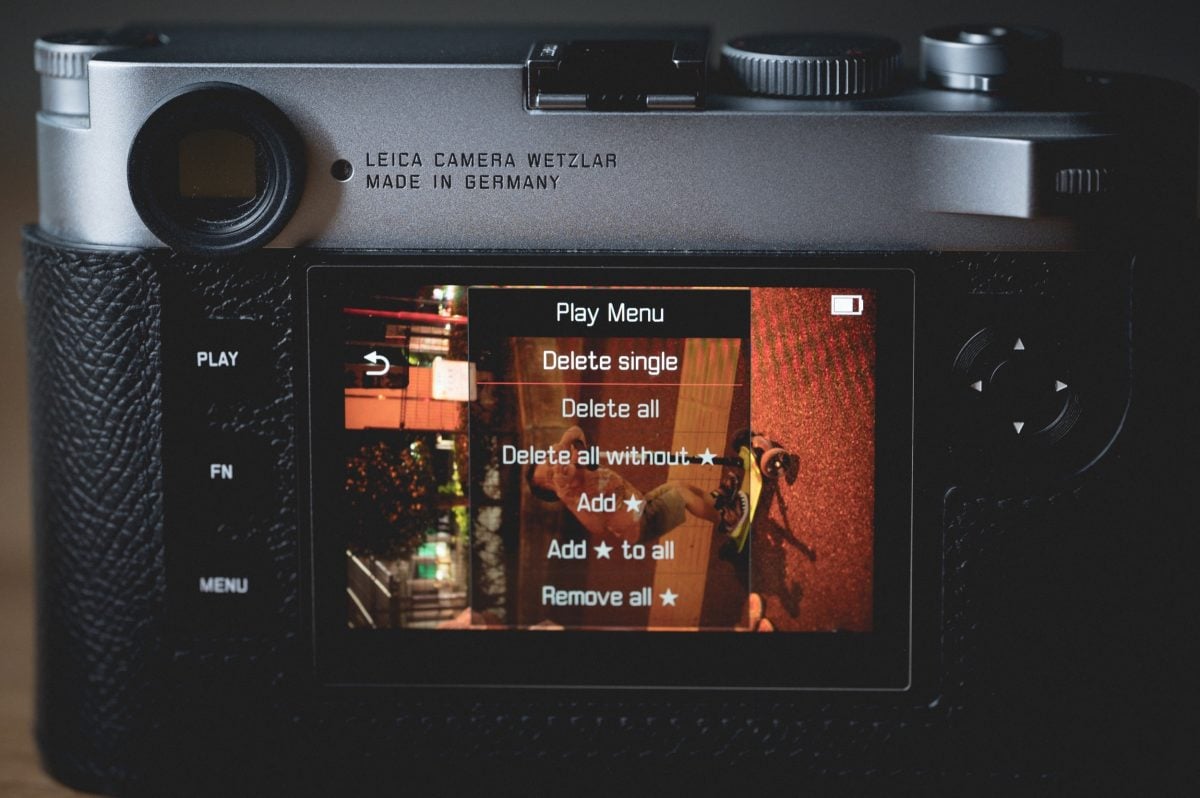
12. Leica M11 Gives GPS Information While Not Having GPS – FIXED
The Leica M11 sets the EXIF data with a null GPS location, so all your photos are tagged with coordinates linked to NULL Island.
Update: This can be fixed in Firmware 1.6. Now, you can connect the camera to your phone and have it stay connected, populating the location data of each photo. This latest update also introduced Bluetooth connection and power-saving connection options with the Leica Photos app, which actually works very well.
13. Photometry Settings Don’t Work Well
The camera can be center-weighted, multi-weighted, spot-weighted, or highlight-weighted. I can’t see any major difference between any of them except Spot.
Center, Multi, and Highlight weighted all seem to perform almost exactly the same as far as I can tell, and they all seem to be mostly working as a Highlight Weighted focus meter, but then sometimes it doesn’t. There seems to be some inconsistency here for me.
It would be cool if they actually borrowed some tech from the Leica SL2, and tracked faces for exposure and AWB purposes only. That would be an amazing feature. Fujifilm actually does this and I think Canon will too. Track faces and set your exposure to where the face is at.
14. AWB and Auto Exposure Are Not Very Good
As mentioned above, the Photometry settings just don’t work very well, and your exposure can bounce around by a whole stop if you’re not careful since the camera seems overly sensitive to any or specular highlights no matter what mode you’re in. Again, this might just be a bug because sometimes it works better than other times.
In addition, AWB does not perform very well, and it often bounces around a lot when you’re shooting within the same scene. This kind of forces you to use WB manually, which I almost always do anyway.
Regarding AWB and Auto Exposure, this is probably the worst camera I’ve had in the last maybe 8 years. It’s about as bad as the first Sony mirrorless cameras.
I know many Leica shooters who shoot manually, and while I don’t want to speak for the entire community, I think this isn’t a huge deal, but it’s something Leica could work on.
Also, all the camera brands now give you further options for the AWB.
With Nikon, you can shoot with AWB – Natural Light Auto, Keep White, Keep the overall atmosphere, and Keep warm lighting colors. Most brands have something similar, but Leica is behind. Fujifilm actually even lets you add WB shifts, which are pretty cool for building custom JPG styles.
15. Auto ISO Shutter Shutter Limiter Not Working Correctly
I set my shutter limit to 1/125. However, no matter what, the camera always shoots at 1/160 or 1/180 as a minimum. It’s the same if I set the shutter limit to 1/60. It always shoots at 1/80. My guess is this is just a bug.
I’m still not sure why this doesn’t work correctly.
Some Bugs
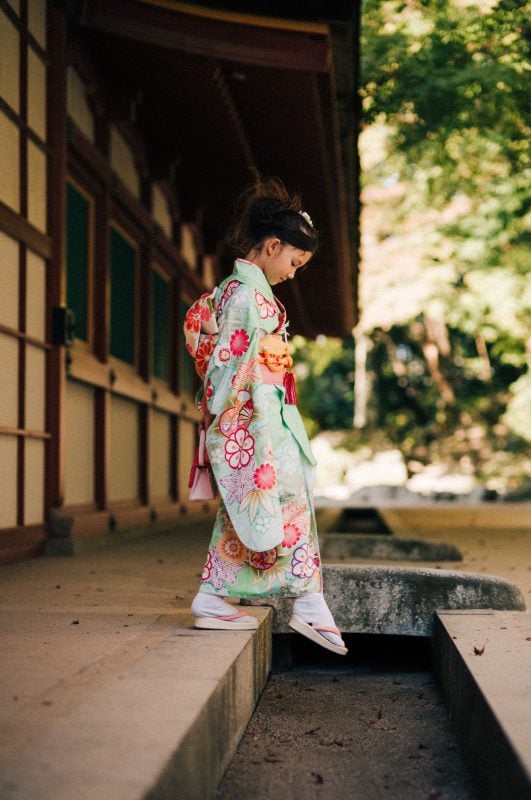
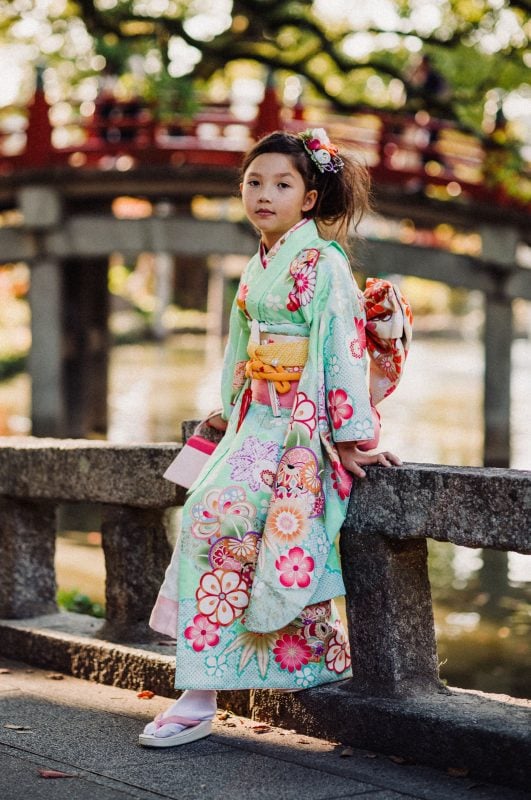
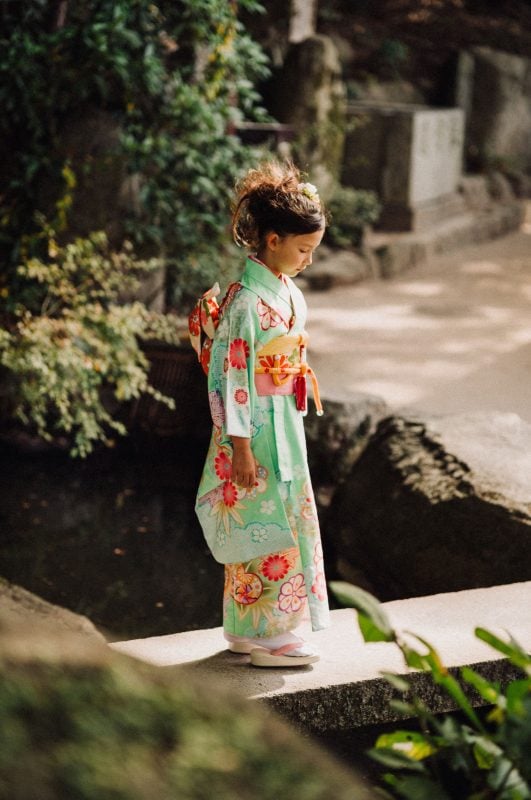
Exposure Highlight Priority
As mentioned above, Leica added highlight exposure priority, but it does seem like all the other exposure settings heavily prioritize highlights. Even when I’m center-weighted, if any highlights show up in the scene, the image drastically shifts to protect them, which just makes using the auto-exposure system difficult.
All modes are Center Weighted + Highlight Priority, Multi Weighted + Highlight Priority, Full + Highlight Priority. Then they also give us Highlight Priority. Seems redundant. I wish the camera worked more like other brands here.
And again, it does seem to perform normally sometimes, so I guess there are still some bugs here.
Focus Assist Exposure Shift
There is a strange bug when focusing off the LCD screen – you press the exposure focus assist button on the top of the camera, and the image flashes brightly for a second before going darker. It doesn’t feel like it’s associated with the correct exposure and is very distracting. I actually wish it stayed bright because once it pops darker, it’s harder to see.
Flickering Exposure – Mostly Fixed
Sometimes if you have a busy bright background with the live view engaged, the camera will go crazy on the auto ISO or shutter settings and flicker with a strobe-like effect.
Camera Locks Up – Mostly Fixed
I still get a lot of lockups. I don’t think it’s from the memory card because I was even getting them when shooting internally. Sometimes the camera even stalls when coming out of sleep mode and the shutter will often have huge delays when trying to take a picture after the camera is sleeping.
Also, the camera once would just not let me shoot at all. It was about 104 degrees out in the California desert ( a normal day in the California Summer), and I could not get the camera to take a picture. I’m thinking it overheated, but it didn’t give me any overheating warning. So adding an overheating warning would be nice.
UPDATE: Firmware 2.01 is said to have fixed some of the lockups. Now, we are on version 2.02.
Also, Now that summer is over winter is here and it’s a lot colder outside, I haven’t had any lockups in a while. This makes me think the lockup issue might be entirely heat-related. This could also be why some people have issues with some memory cards and not others; some cards can get very hot and further add to the heat issue.
I’m using an older Sony G card (not tough).
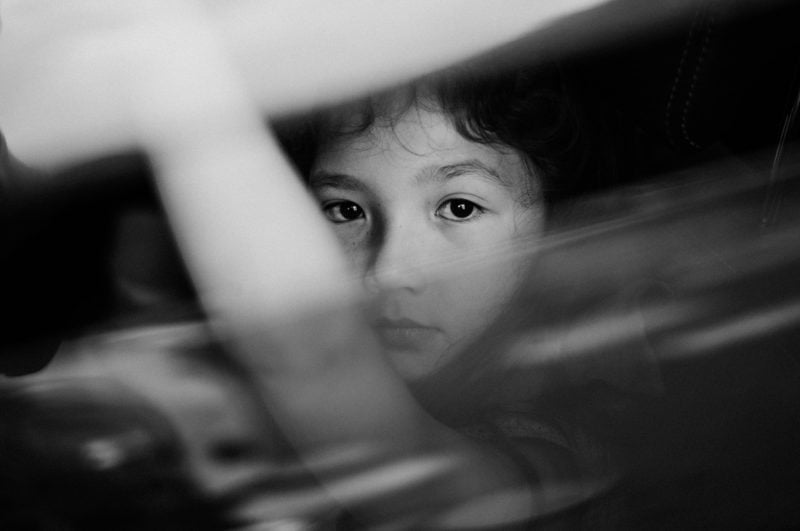

A Poorly Made Digital Interface But Getting Better
The initial launch of the M11 was a bit of a mess, but they’ve done a pretty good of improving the digital interface to the point where it feels in line with other cameras, and the M11P launches with all of these issues addressed. That’s great because the “P” versions are supposed to be the more professional model.
Some things Leica does they do it better than any other brand like the FOTO App and the perspective control, and then some things like Exposure and AWB just feel a little behind.
The good news is, most of the problems with the camera are just the software, and it’s possible for Leica to fix all the little issues, and they have been doing a great job with it so far.
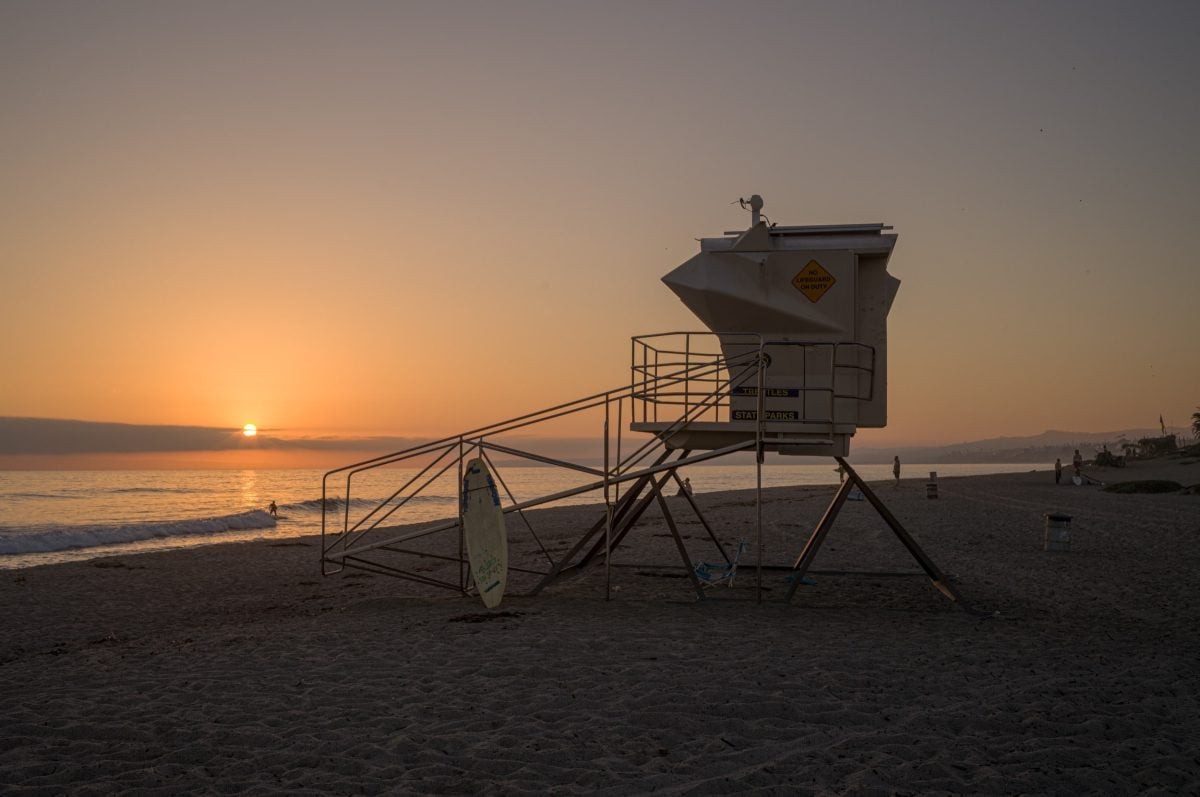
Leica Color Science
Back to some good stuff.
The Color DNA Of Leica
Every camera brand has its own signature look or DNA in the way it renders, and they all are constantly improving and changing. It’s not just coloring; sometimes, it’s more tonal. Nikon images, for example, generally render colors with a softer, more pastel feel, whereas Canon images feel a little more punchy with high clarity.
It’s a popular belief that once you shoot RAW, you can change the colors to whatever you want. While this is true at the basic level, the basic DNA of the camera’s look usually still shines through.
And I actually like the Leica M11 DNA a lot here.
Straight Out Of Camera JPGs
JPGs are very nice. It seems Leica cameras do some additional processing on them, and they look quite a bit different from shooting RAW and loading the M11 profile in Lightroom.
Cameras have various JPG looks, from Standard to Vivid to Natural. These are the Standard look. All the colors are very well balanced, with a nice contrast overall and deep shadows for a signature Leica look.
These are straight out-of-camera JPG shots on the Kipon 50mm f2.4 lens.
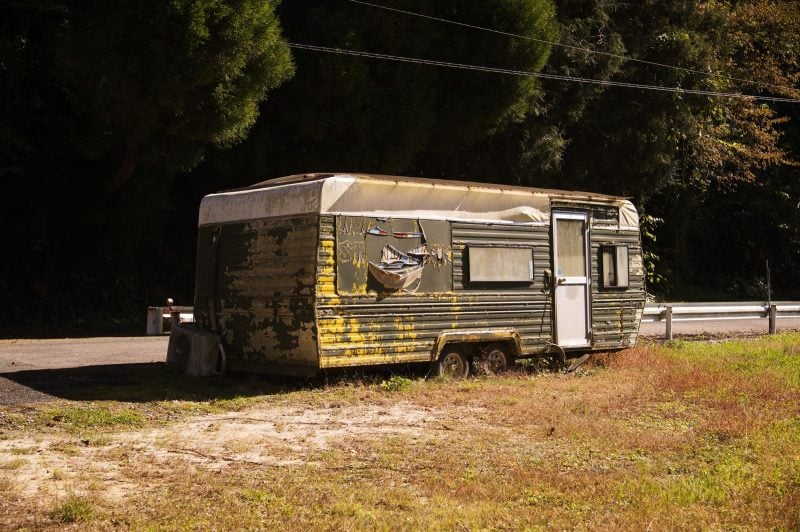
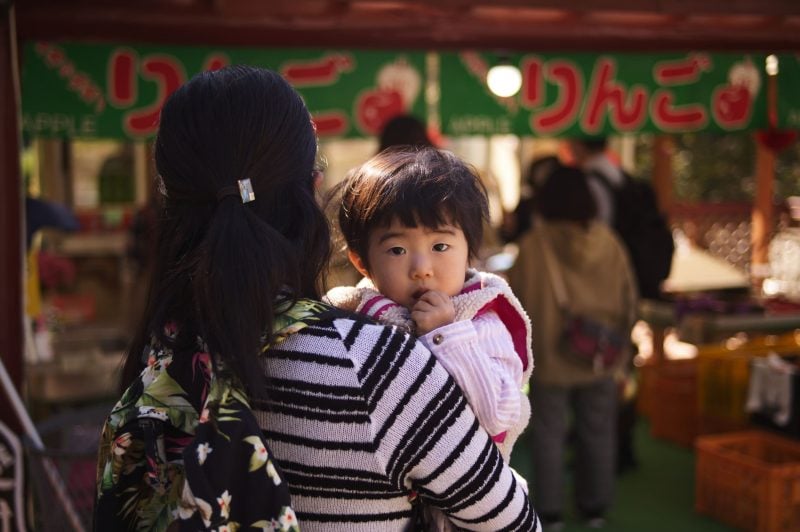
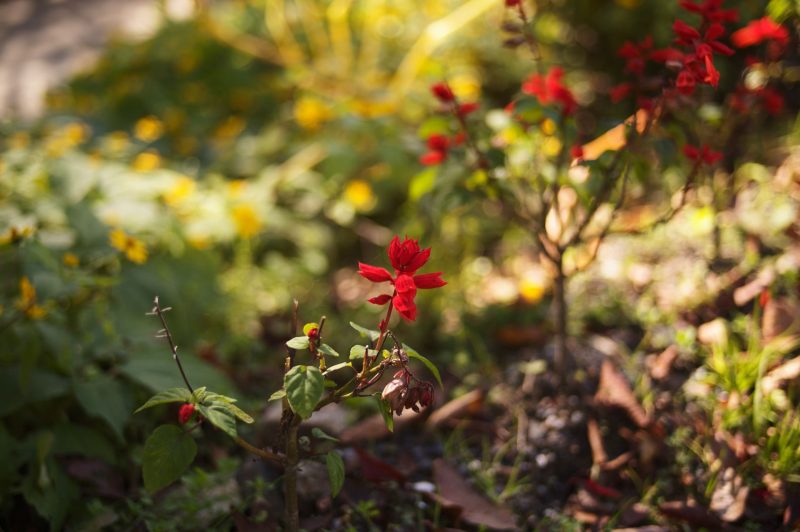

What I Personally Like About What Leica Is Doing
Leica’s colors are pretty good, especially if you shoot JPG. They remind me a little of a Fujifilm Provia look, but the greens are a little more realistic. The contrast is really pronounced, and the shadows seem to be a little deeper with a little more contrast than most brands. What I don’t love is the blues, which are maybe a little too deep and strong, but it’s easy to adjust.
When I edit my photos, I get a vibe very similar to what I get when I edit with my Fujifilm cameras—very natural-feeling images with great tonality in the mid-tones.
Overall, the Leica M11 has really nice DNA from which to start your edits, but the JPGs also usually look great right out of the camera.
Probably has my favorite JPGs apart from all the crazy customization you can do with the Fujifilm JPGs.
Here is an edit on top of the M11 Profile in Lightroom.
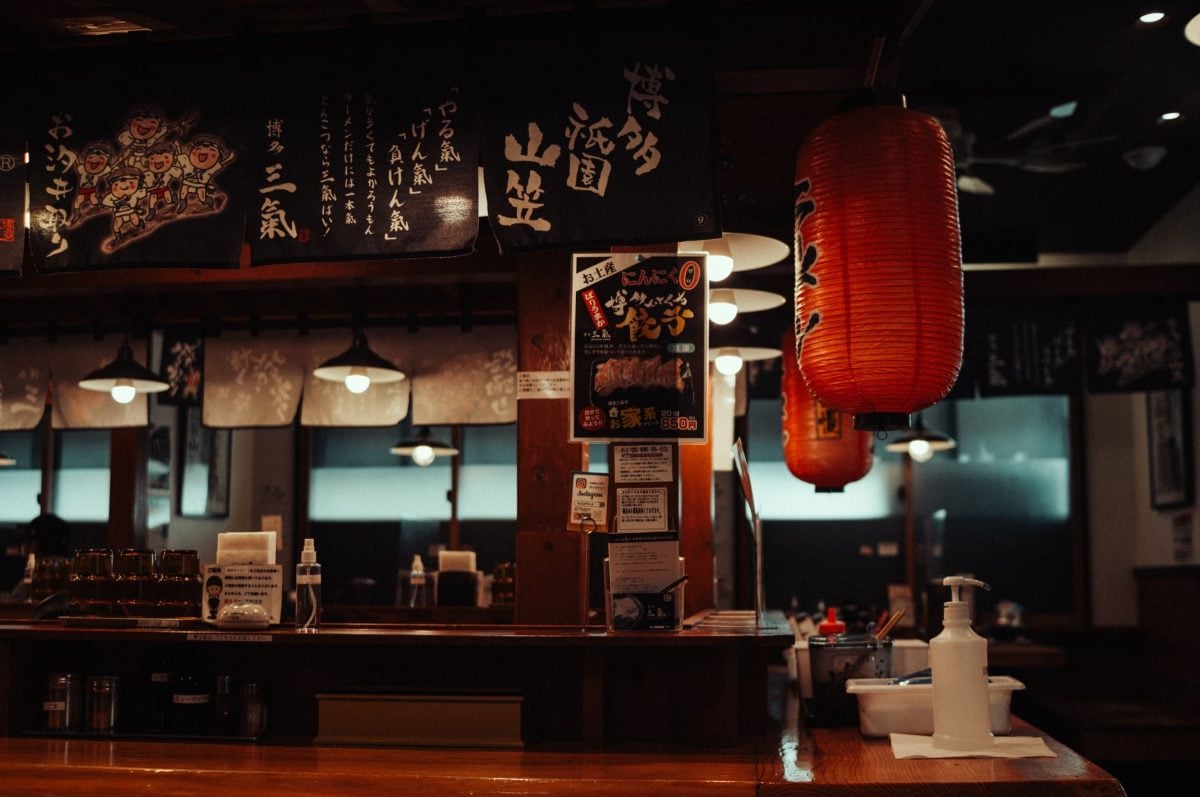
User Experience – Rangefinder – Eurgonamics – Menus
The Leica M11 still uses an analog range finder system. There is the optical viewfinder you look through, then another viewfinder to the right side of the lens that gives you a stereoscopic split view of what’s in focus vs what’s out of focus. You line up the two images, and you’re in focus.
When you first buy a camera like this, it does feel a little overwhelming, and the experience can be a little uncomfortable, but as you keep going and improving your technique, the camera becomes a part of you, and using it is second nature.
Once you hit this level, it’s a ton of fun and a totally different and unique experience since the camera always actively keeps you as part of the process compared to something like a Nikon mirrorless that just does so much of the work for you.

Using A Rangefinder – Pros and Cons
There are some pros and cons to this system. A pro is that it’s fast, accurate, and easy to use in low light. What’s worse is that it’s useless if you’re shooting a scene with really busy details. Think like trying to shoot a carpet or a wall of flowers. But at least there is Liveview. It is pretty good, with decent focus peaking that you can use to fall back on in these situations.
One problem with this system and all Leica M cameras is you really have to watch your right hand and your fingers so that it doesn’t block this little viewport. Also, the system can get uncalibrated and you then have to send your camera in for adjustments. Not only that, you must ensure your lenses are all designed properly and calibrated. Some third-party lenses still struggle with this precision.
Even some precision lenses can have other issues with focus shift. The camera is calibrated perfectly wide open but is off when stopped down.
Lenses like the Voigtlander 50mm f1.5 are calibrated at f1.5, and when you stop down, the focus can shift slightly. People often make a bigger deal about this than it is, because as you stop down, you also increase your depth of field so it’s sometimes a self-correcting problem. But if you want absolute precision, sometimes focus can change slightly between f1.4 and f2.8, where depth is still very shallow.
The Rangefinder is nice when you’re shooting at higher apertures where focus peaking would just show everything peaking. In these situations the rangefinder still allows you to see where the center focus position should be to really get accurate focus.
Ergonomics
Ergonomics is not great with these cameras. Some people love it, but it is what it is: you are carrying around a beautiful brass brick. It’s not super comfortable to hold for long hours since there is no grip or anything.
It takes a while to get used to and once you do it’s not so bad, but never amazing.
Menus
It’s a giant list like Sony used to do. There is some thought to the menu, maybe. It seems like the options you would use the most are on the first or second page, and more set-up technical options are added to the list.
They do give you a favorites menu which is mostly fine. There really aren’t too many options so it ends up not really being a problem. You can adjust mostly what you need from the quick menu page (not customizable for some reason), and then you have your favorites page. Typically you don’t need access to more than four or five things at a time anyway. It’s a range finder and not really a techy camera so it doesn’t and should be overloaded here.
While the whole menu thing could have been a nightmare like old Sony menus, Leica keeps it simple and clean, and you never feel overloaded with information.
Leica M11 Review – Bottom Line
The M11 is a very nice machine and a ton of fun to use. The sensor is amazing, the processor is great, the body and screen are all great, the JPGs look great, and the color profiles and black-and-white profiles are all amazing. The camera produces amazing images always.
What’s crazy is this – here are the initial big complaints that bugged me the most from my initial review, and they have all been fixed now with firmware.
1. No ability to turn off the touch screen or at least limit it. This means when you’re using a live view or EVF when you focus assist, it will always start at the top right of the screen because that’s where your thumb overlaps. – fixed
2. Flickering when something is backlit. – fixed
3. No countdown timer with the exposure bracketing. – fixed
How cool is that?
The white balance and autoexposure settings I can live with, although they are not amazing if you were to compare this to a modern Sony camera.
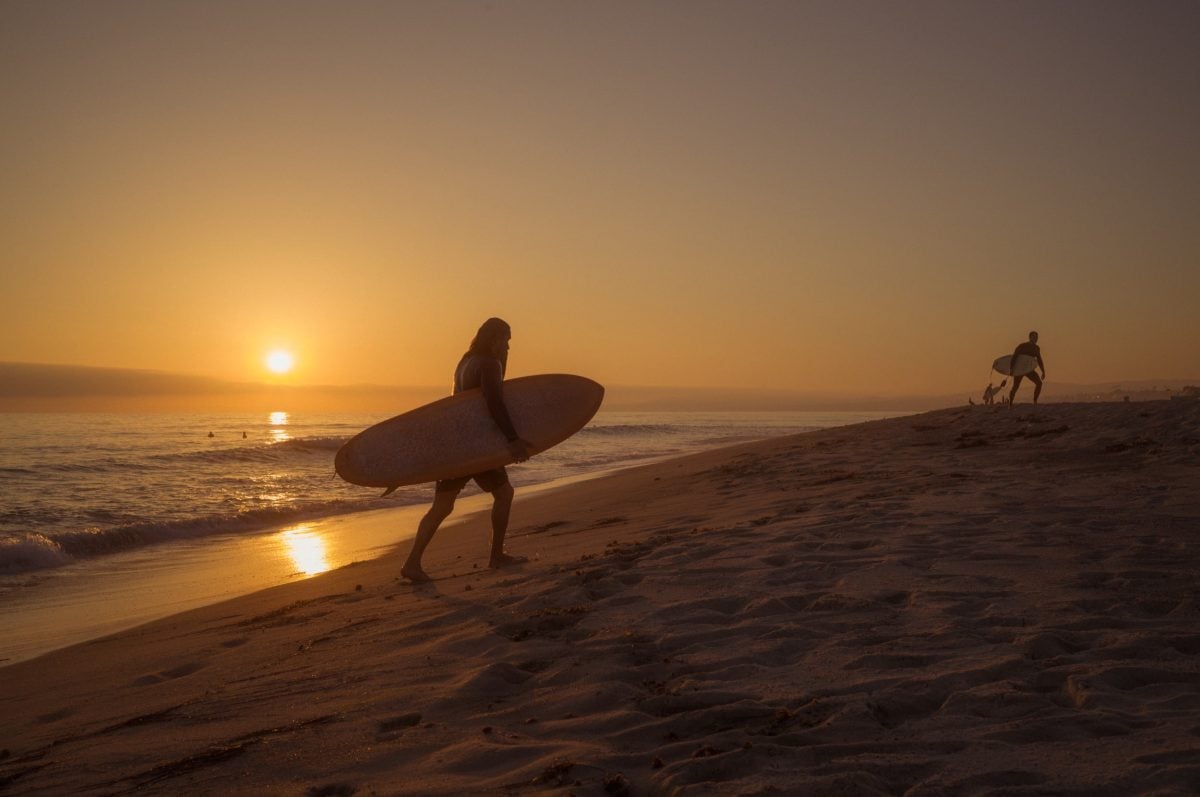
Available At: Amazon / Adorama / B&H
Leica M11 Sample Photos
A mix of lenses and binning modes shot on the Leica M11. Colored with my Core and Ono Preset.
